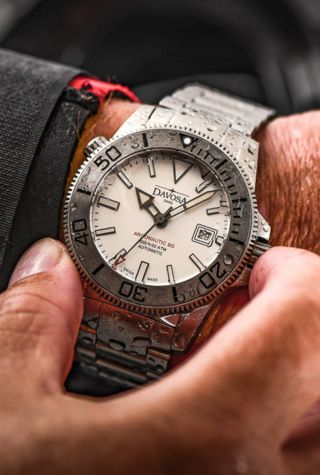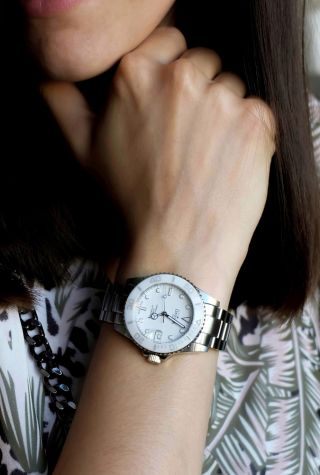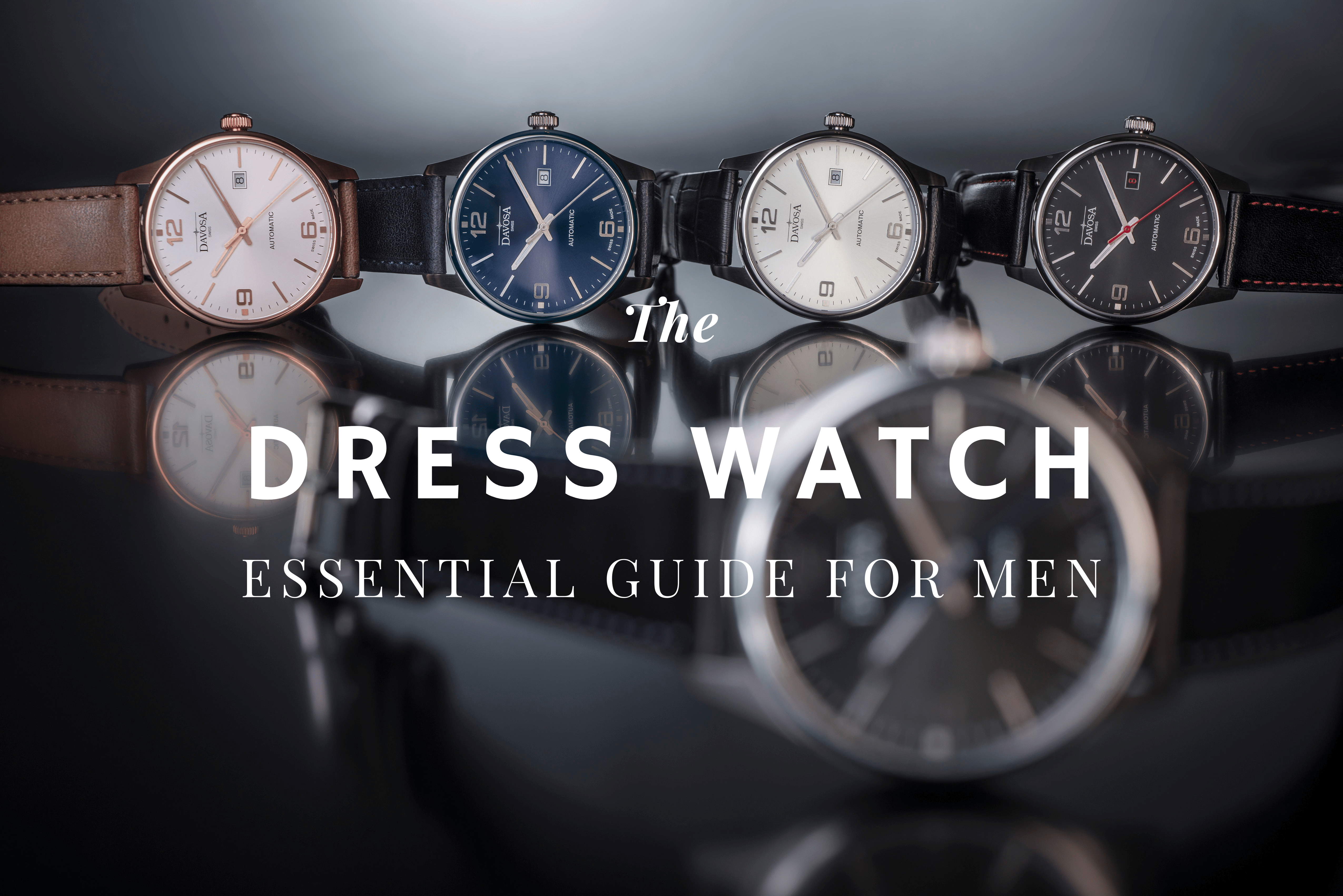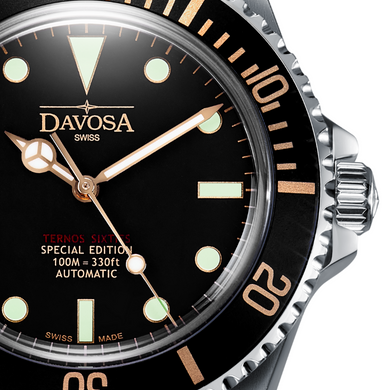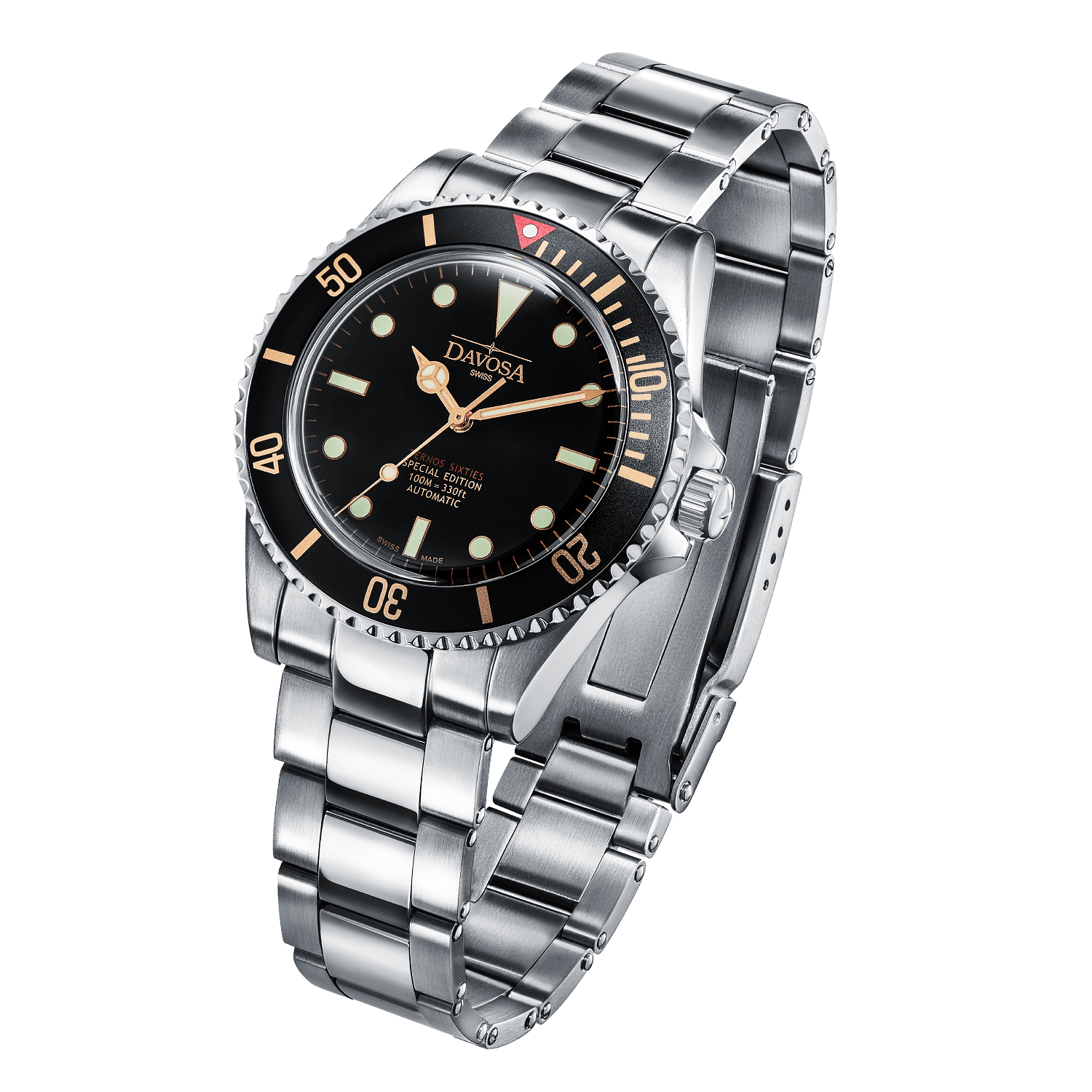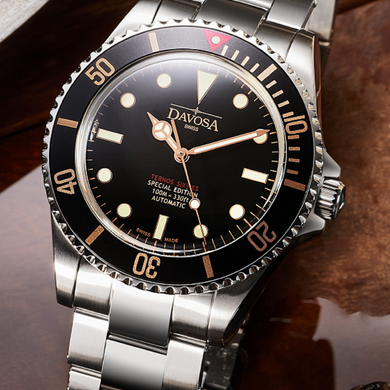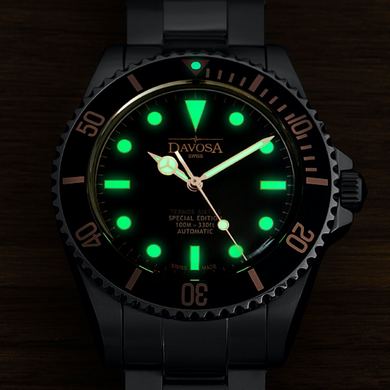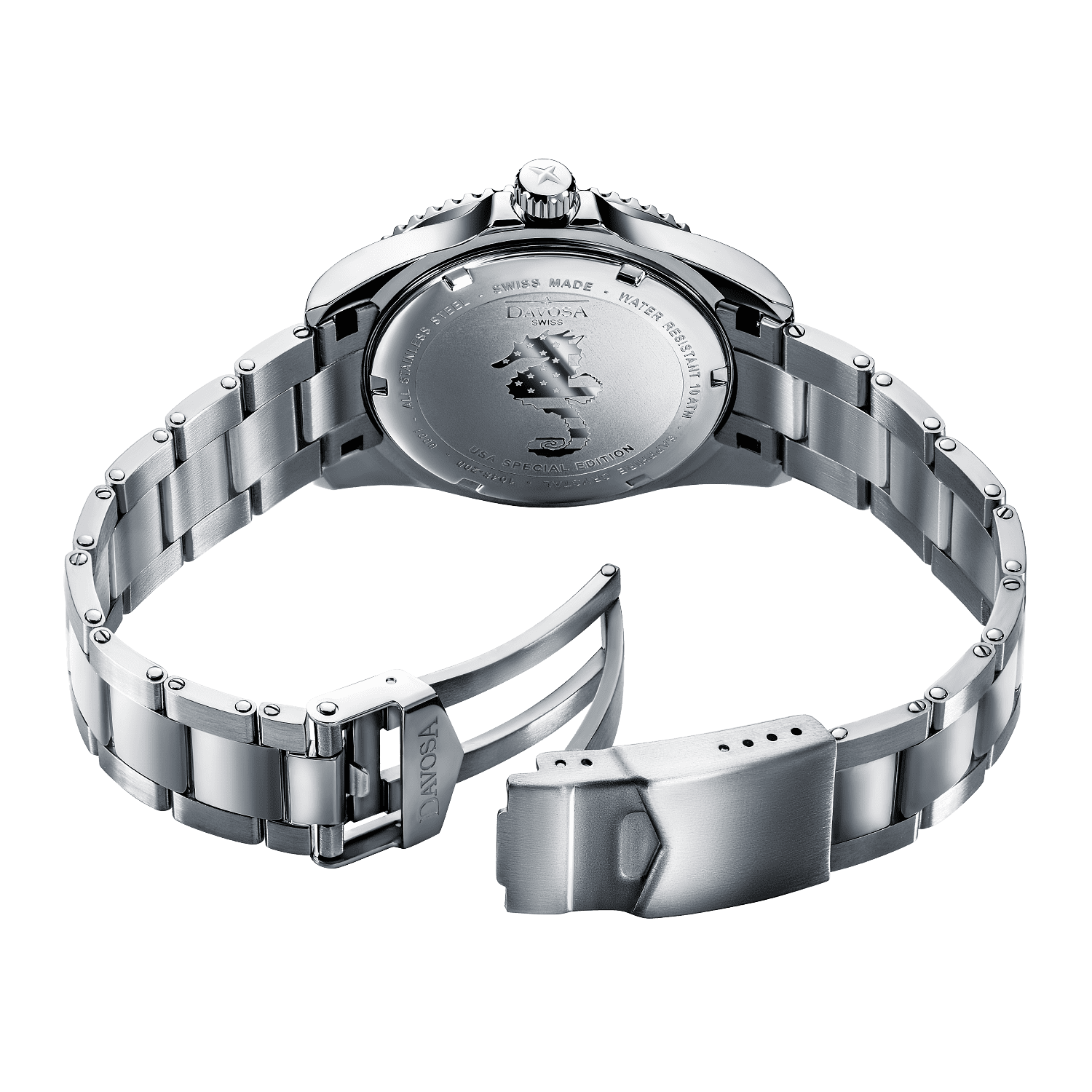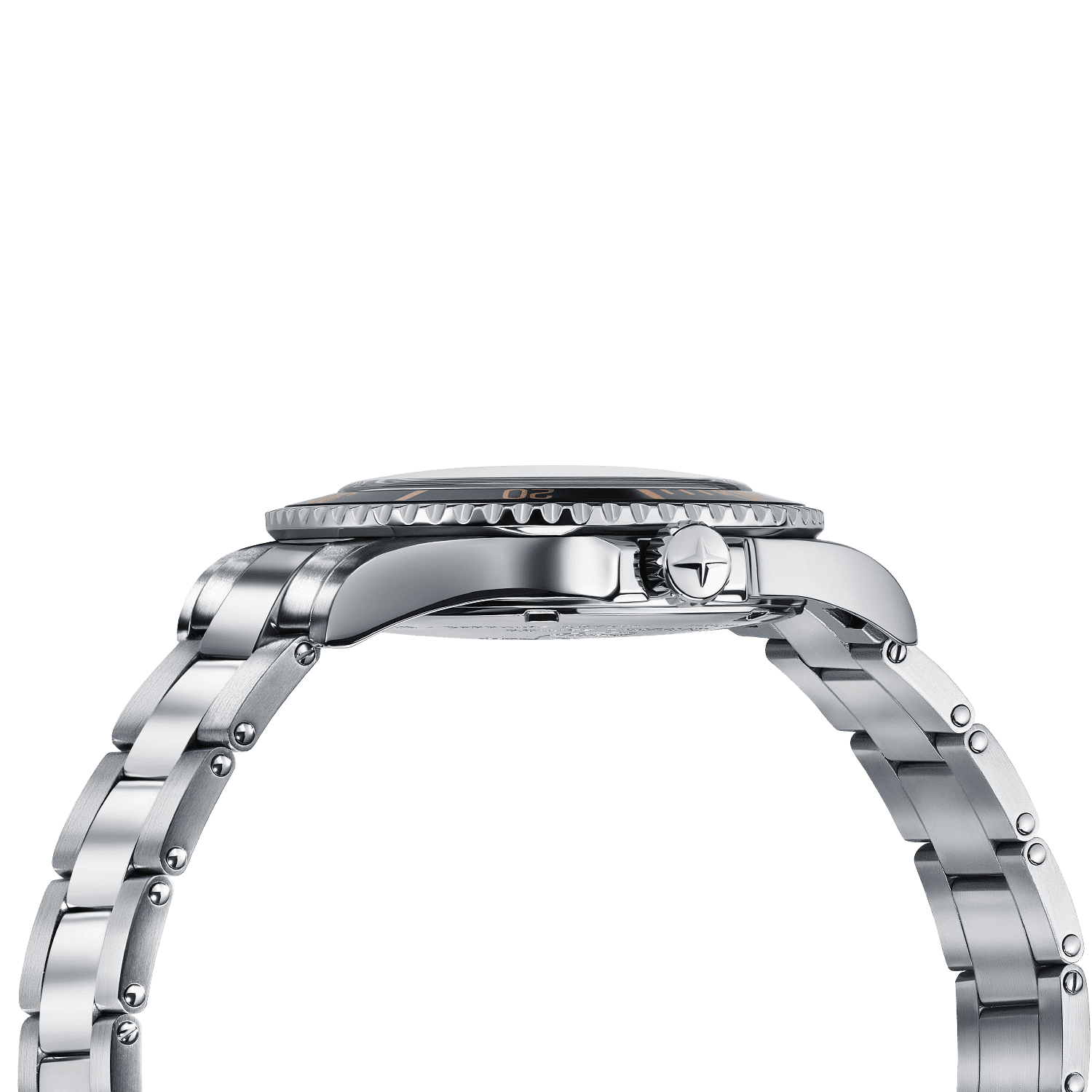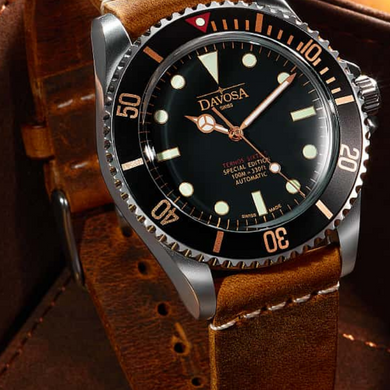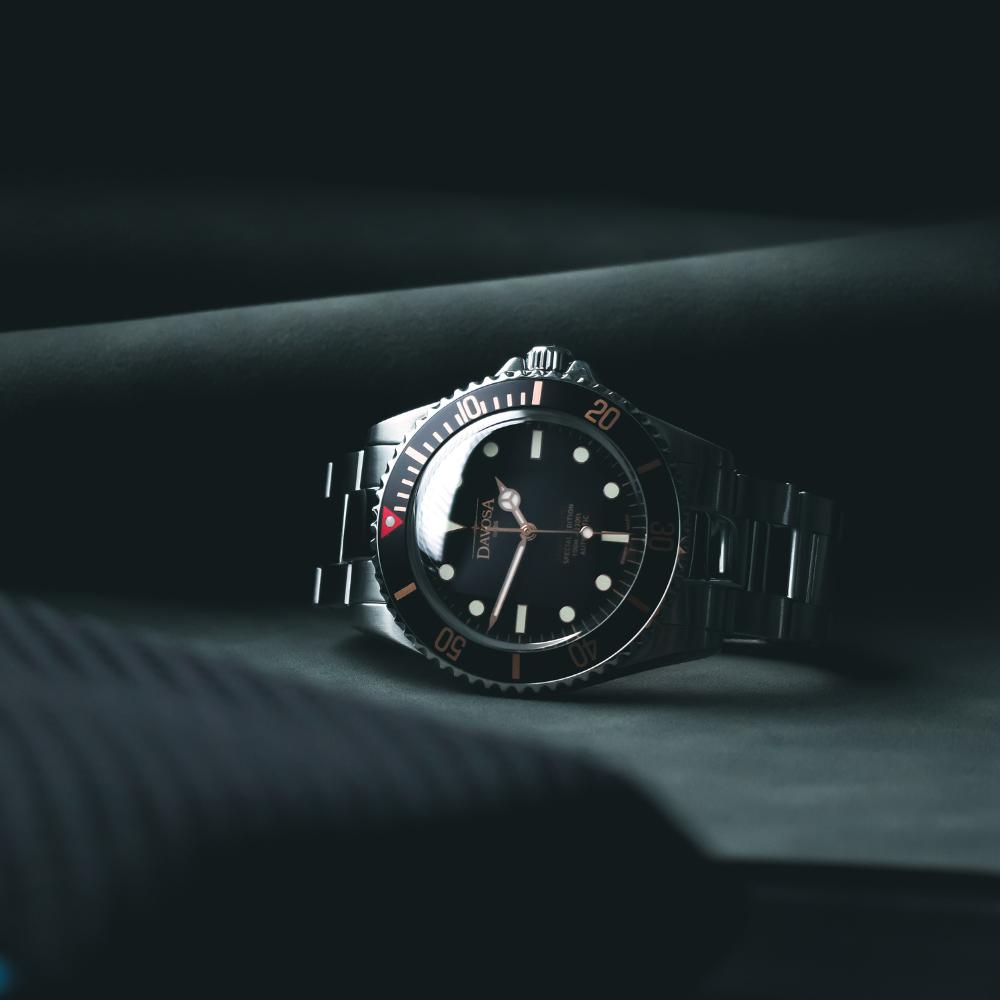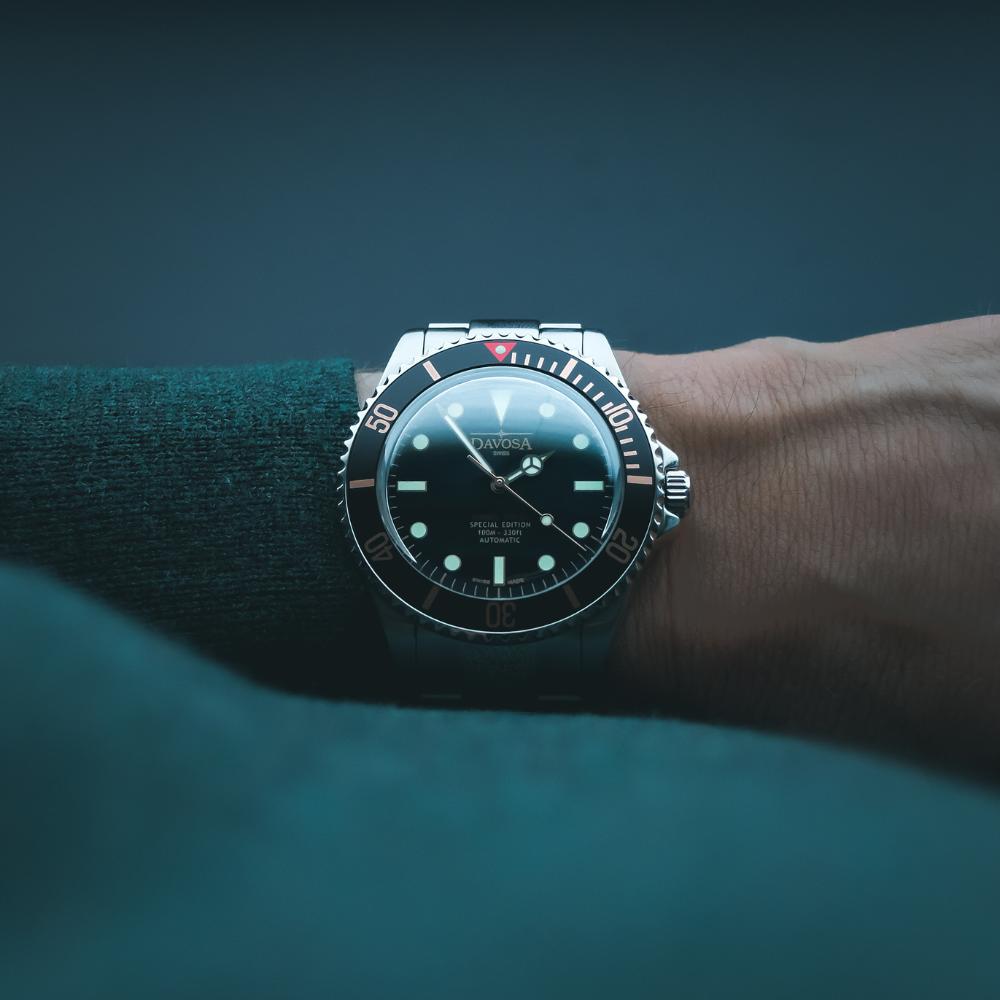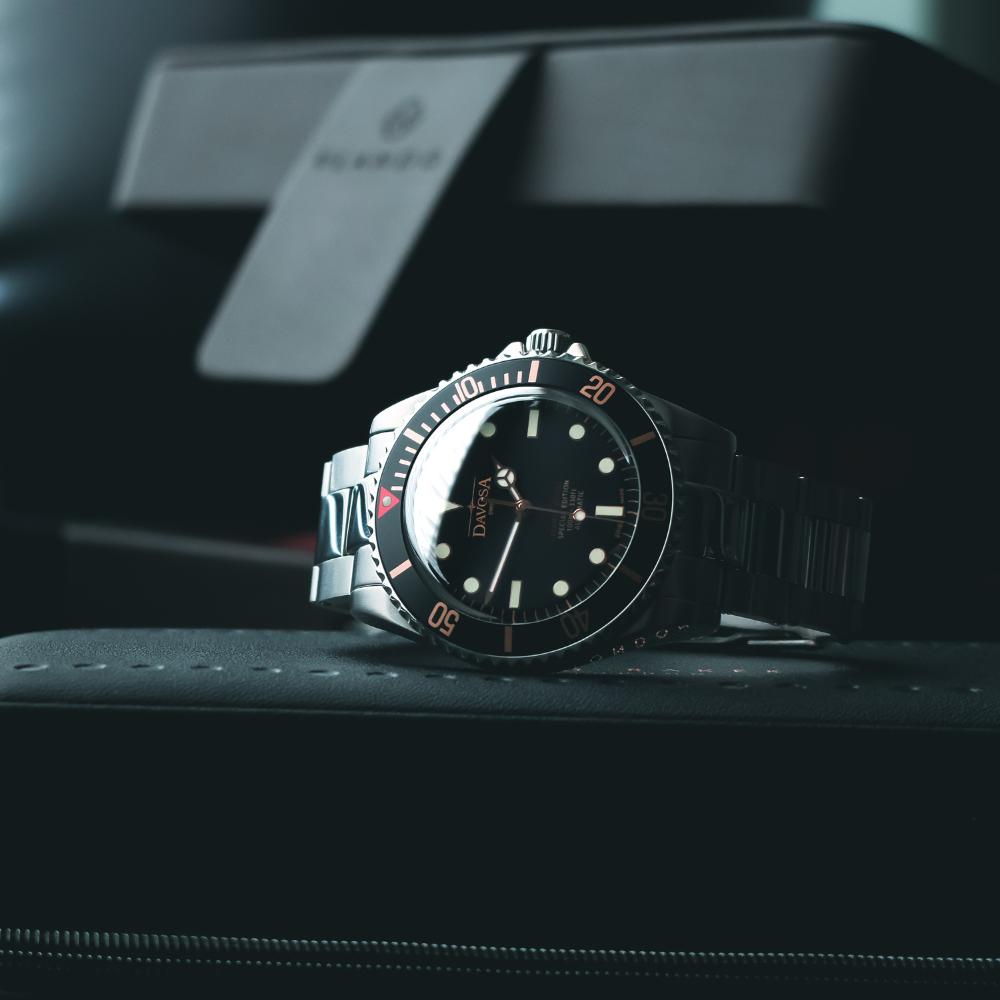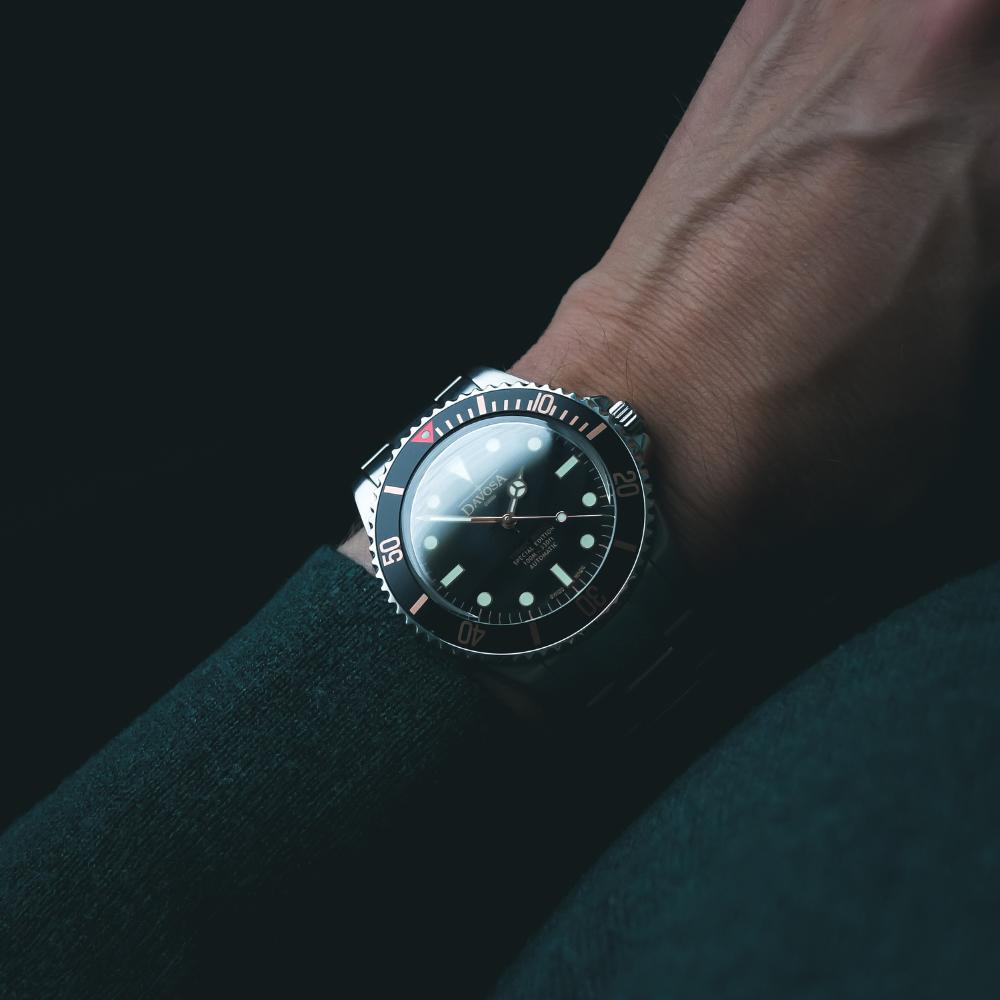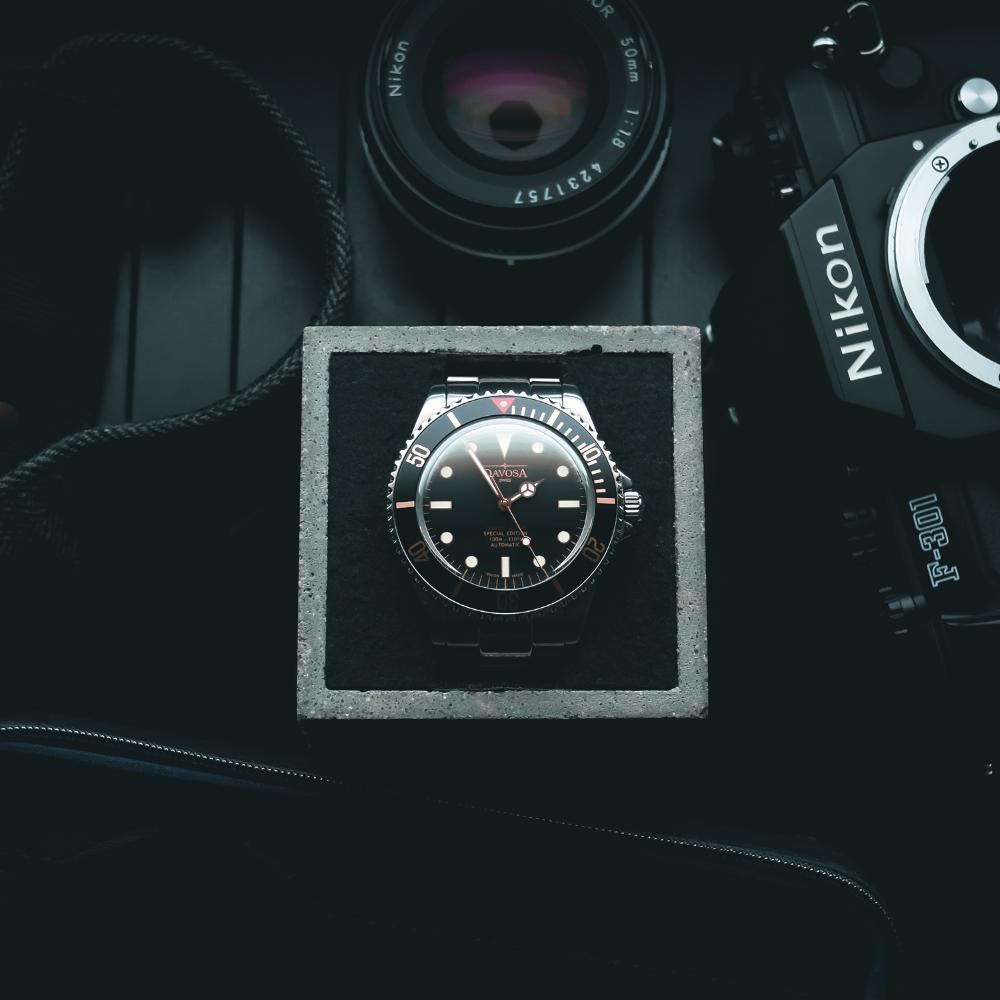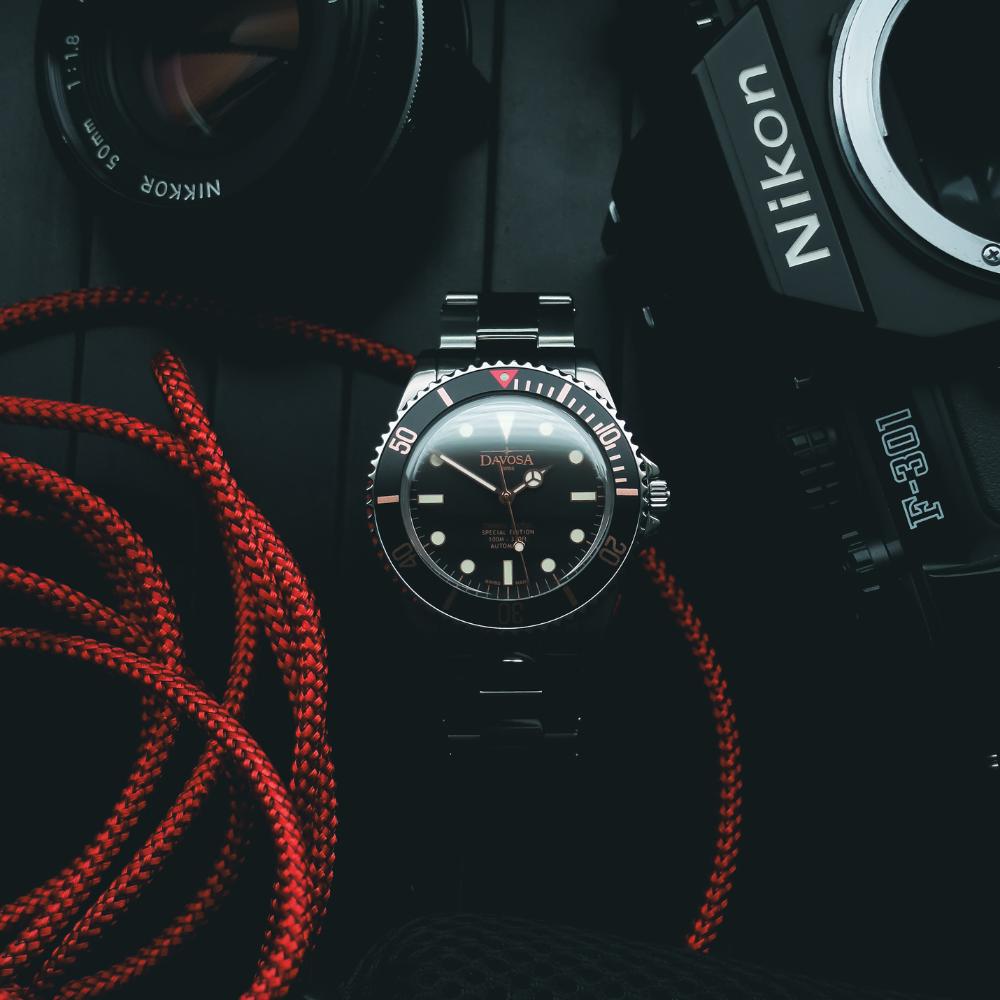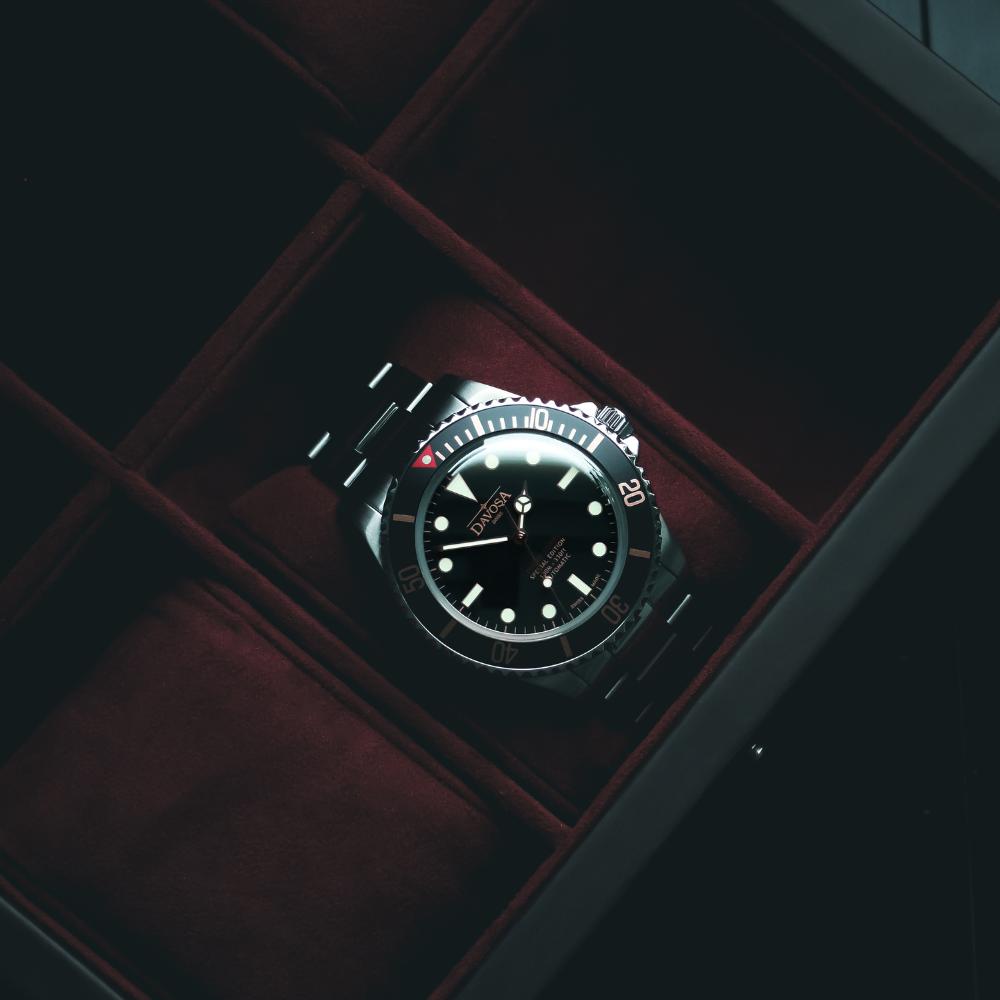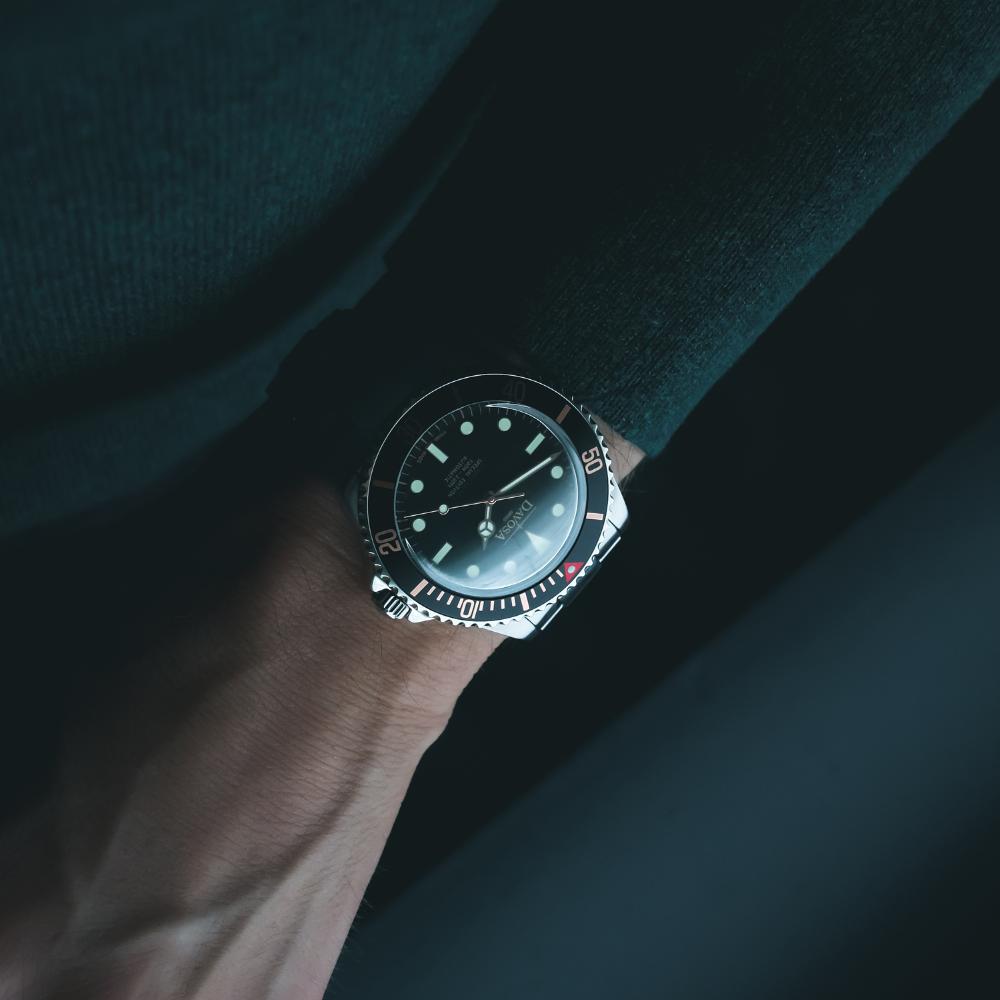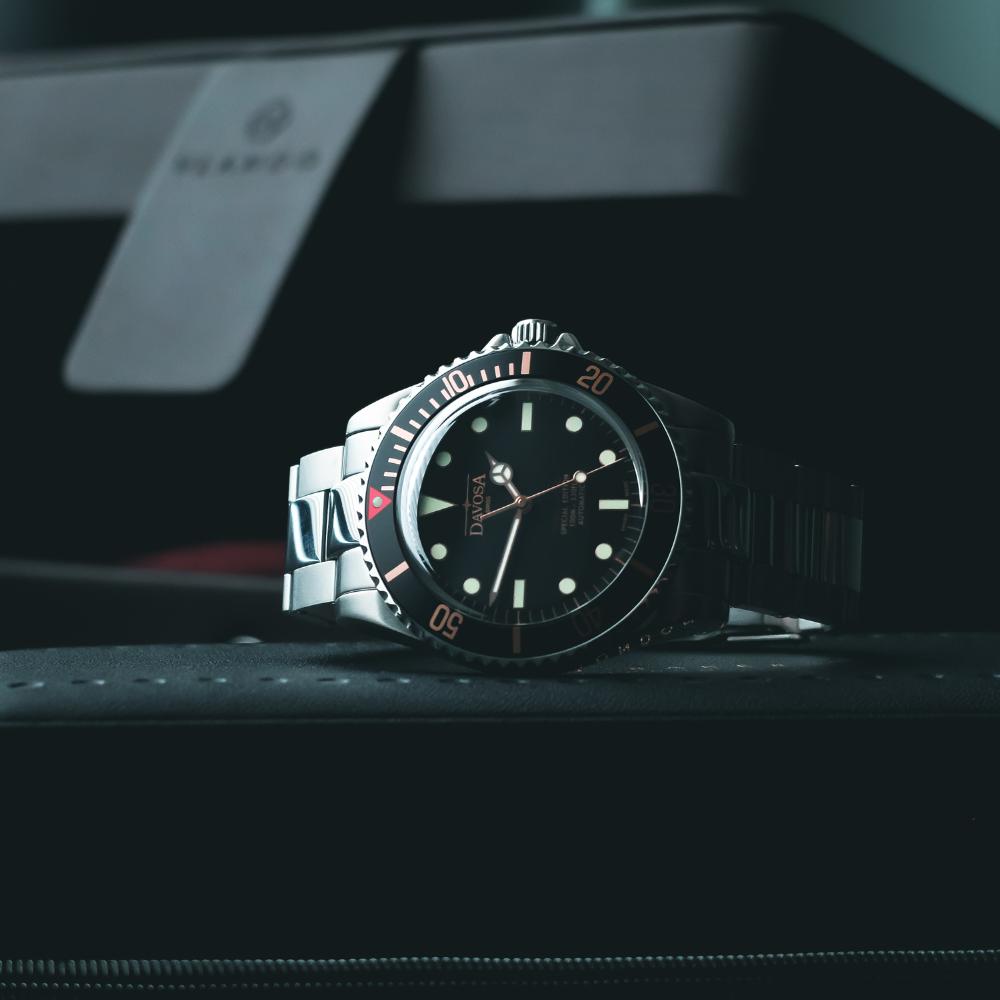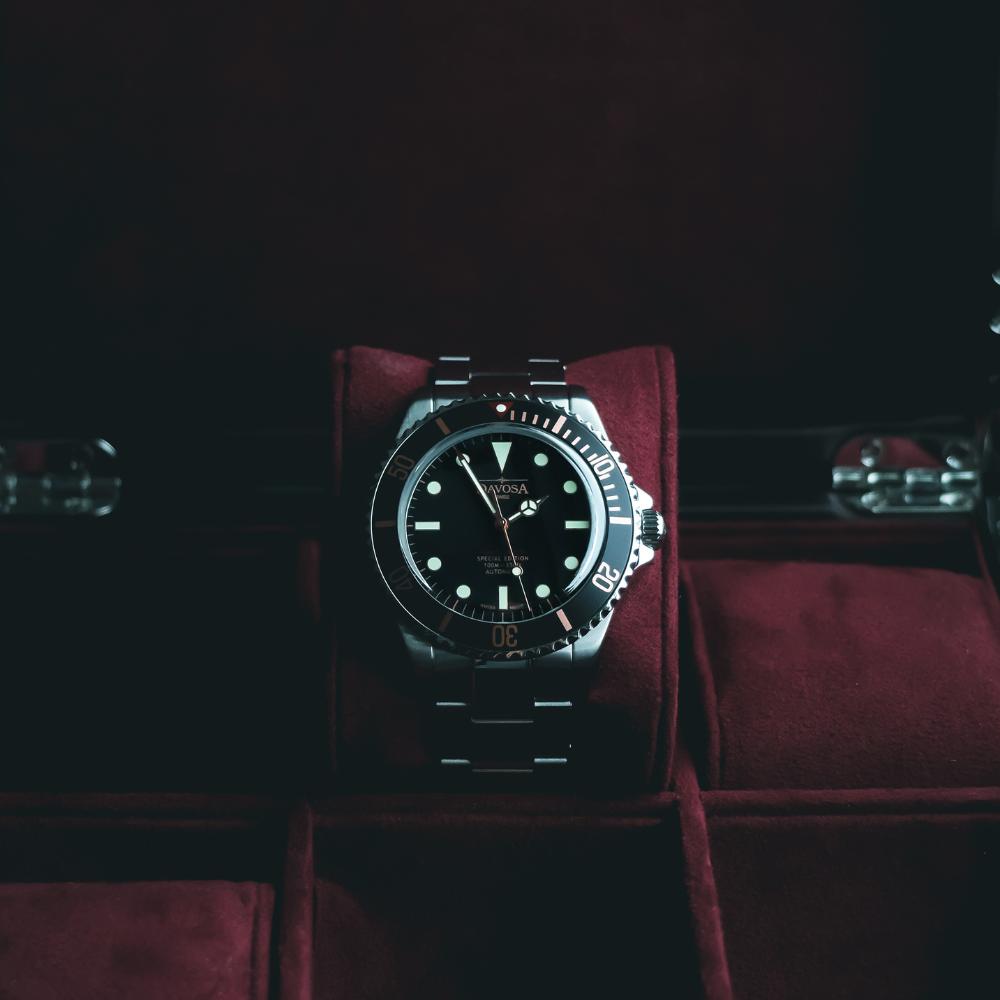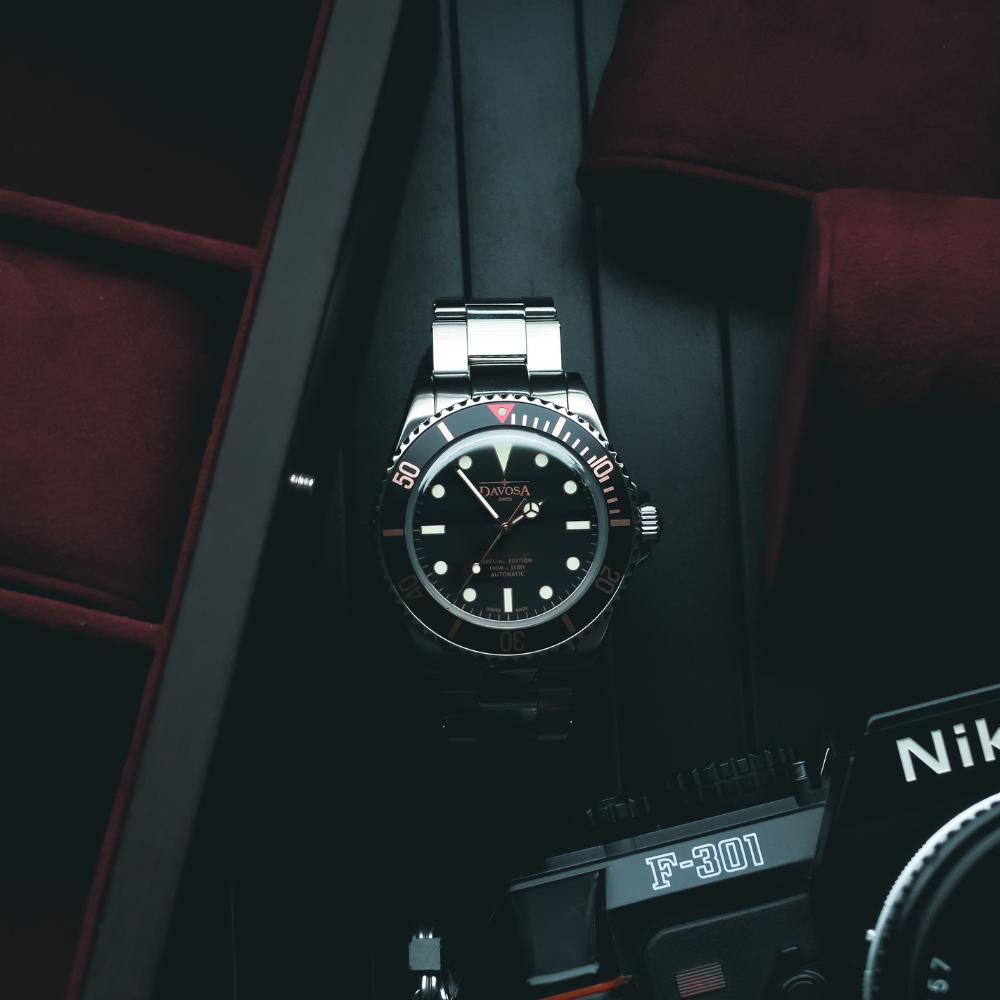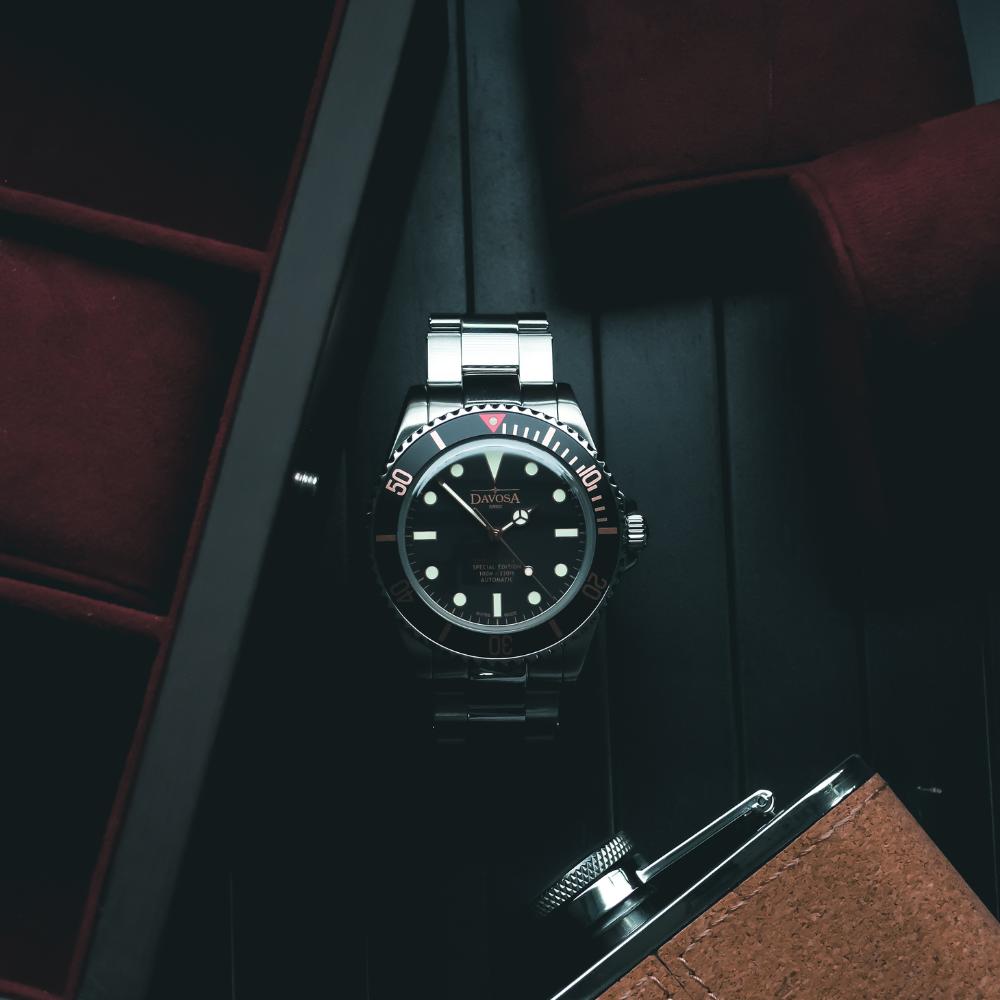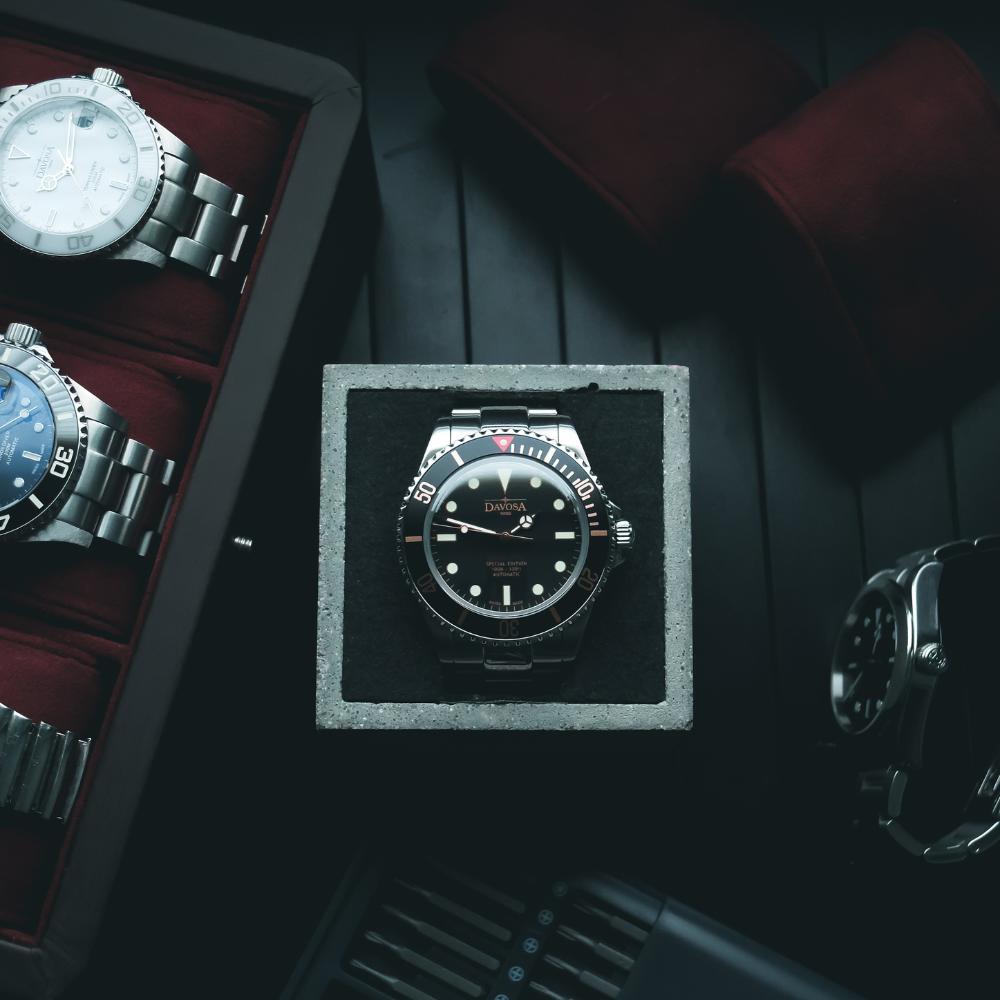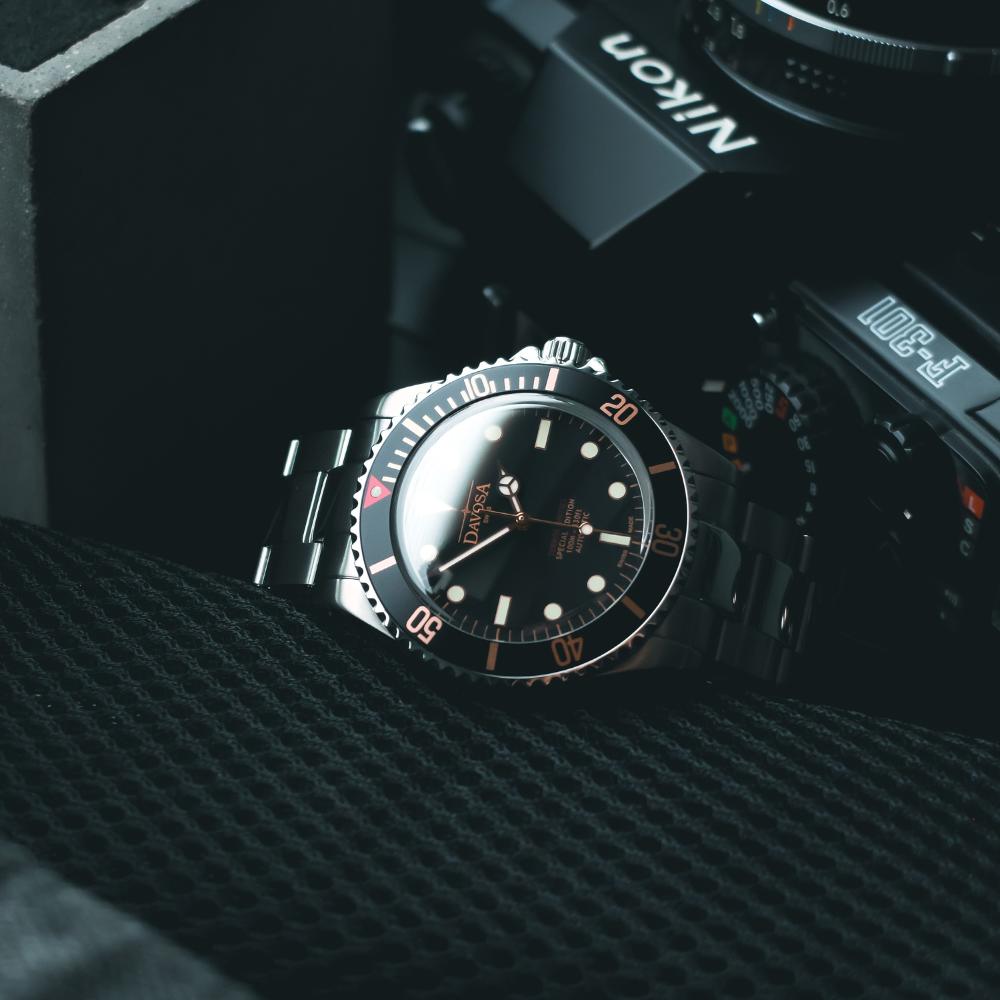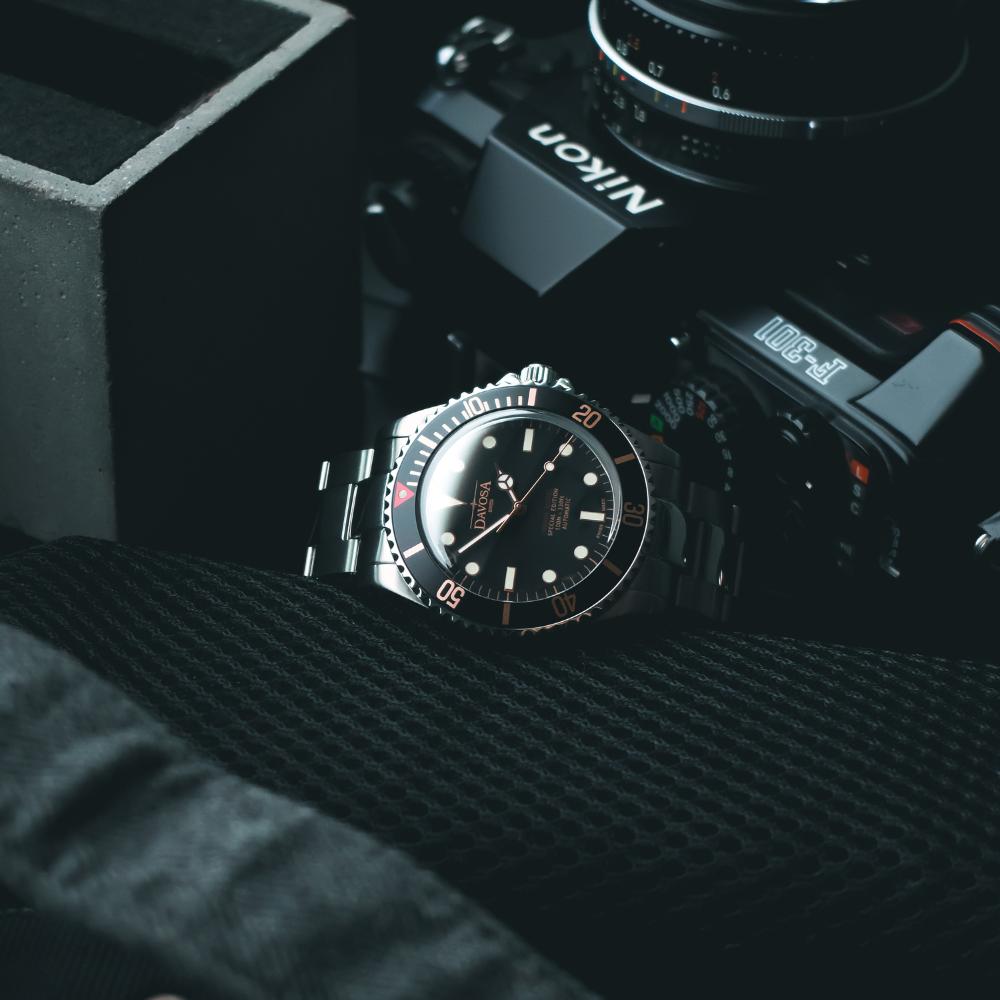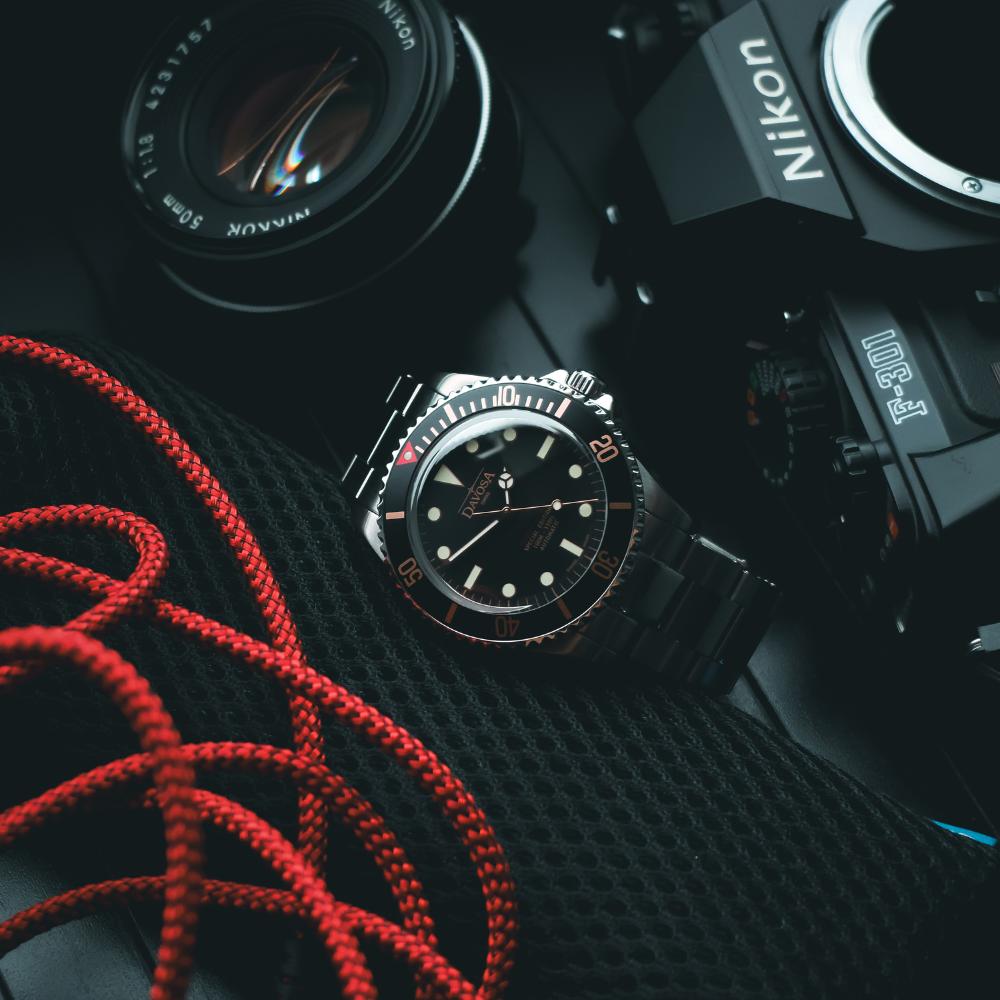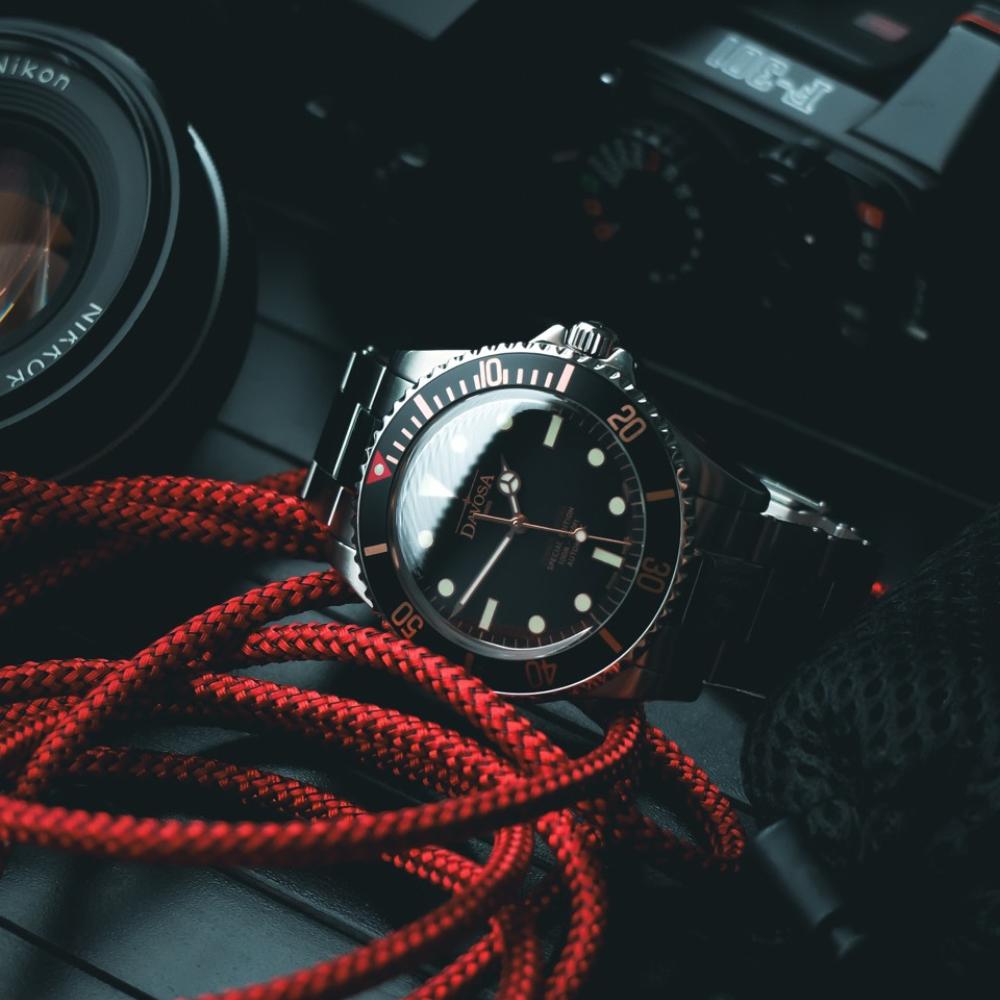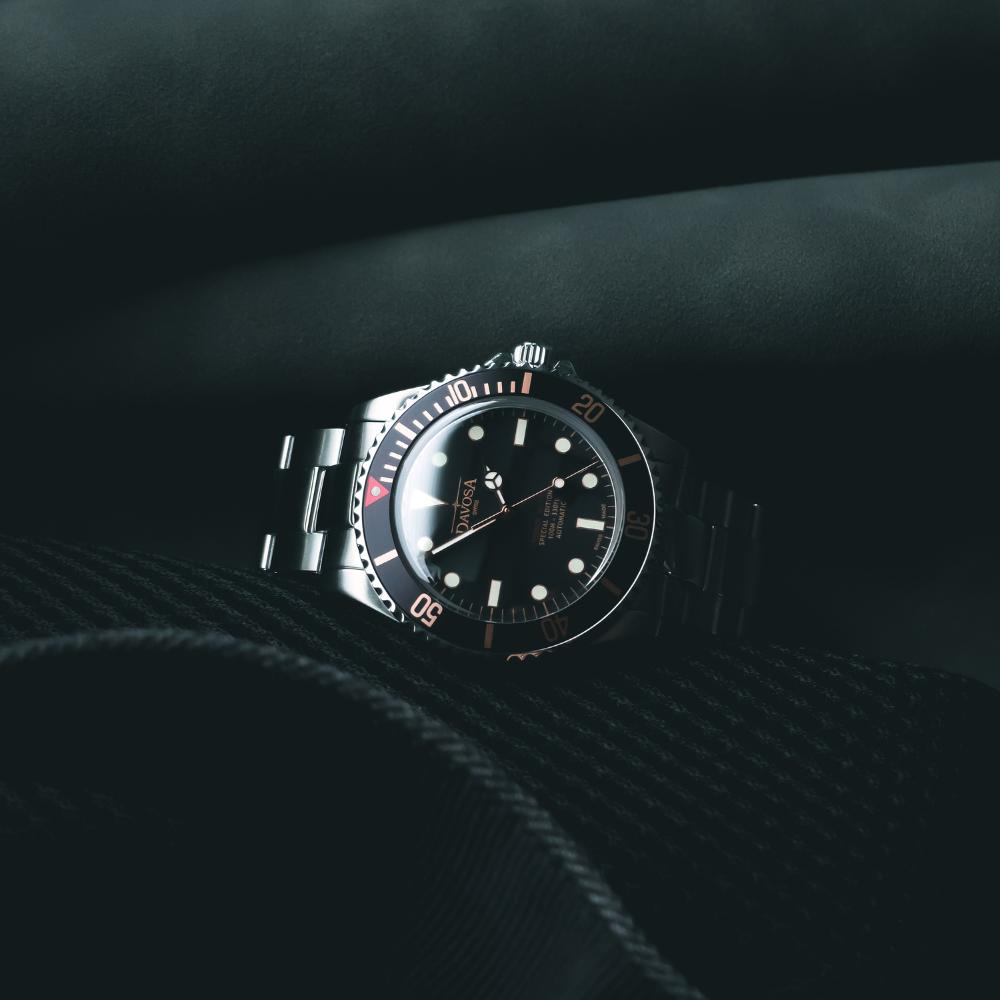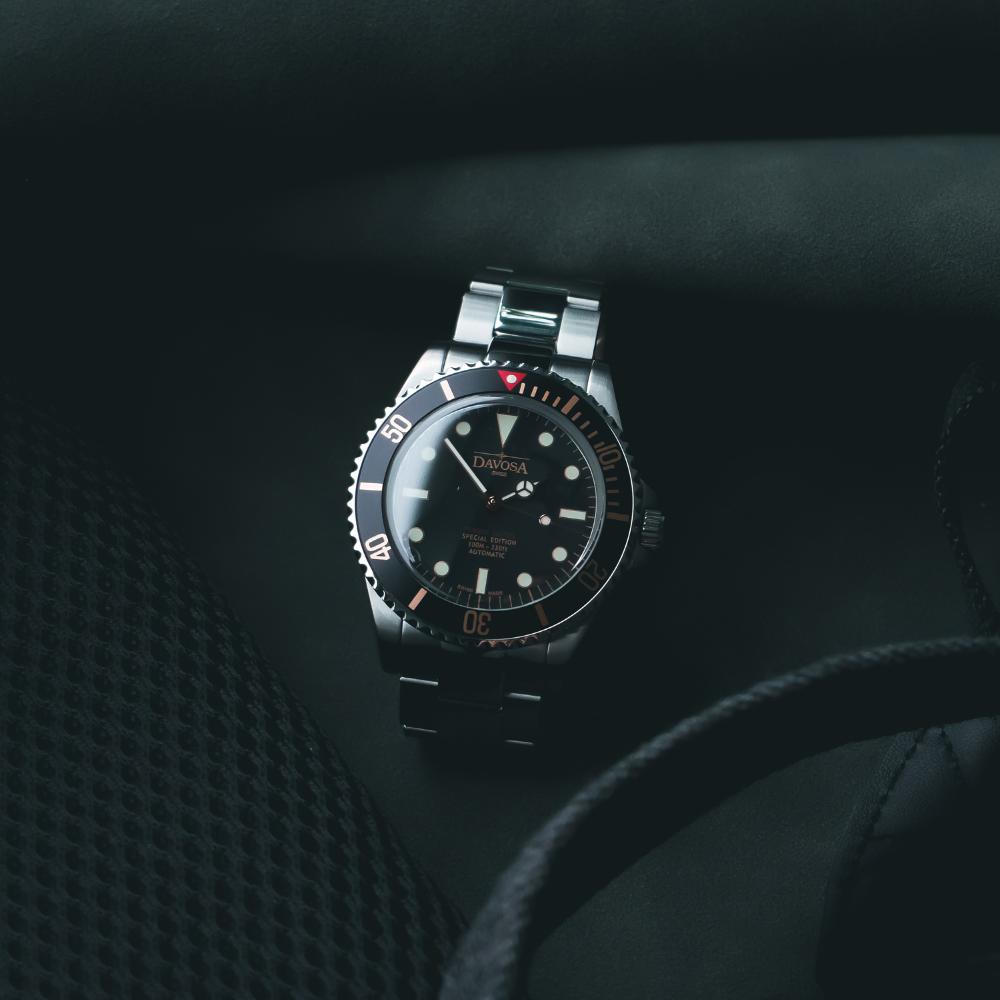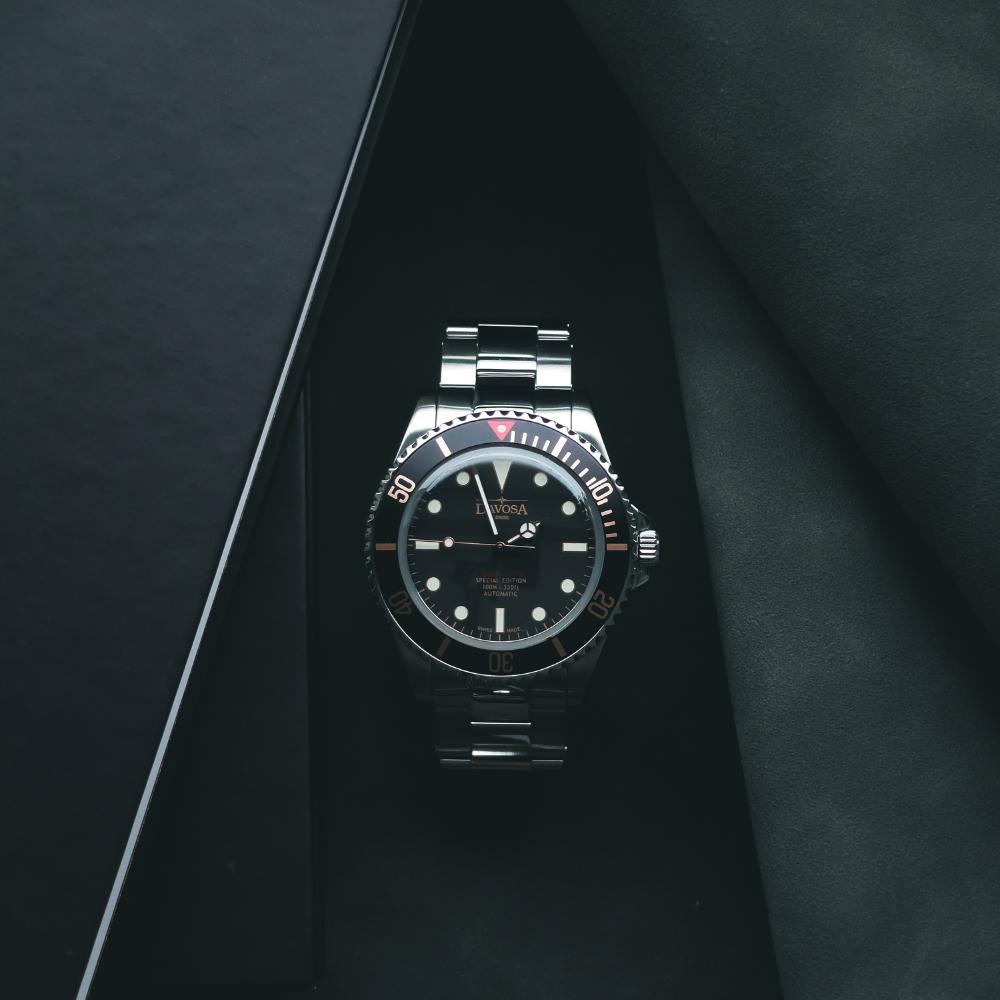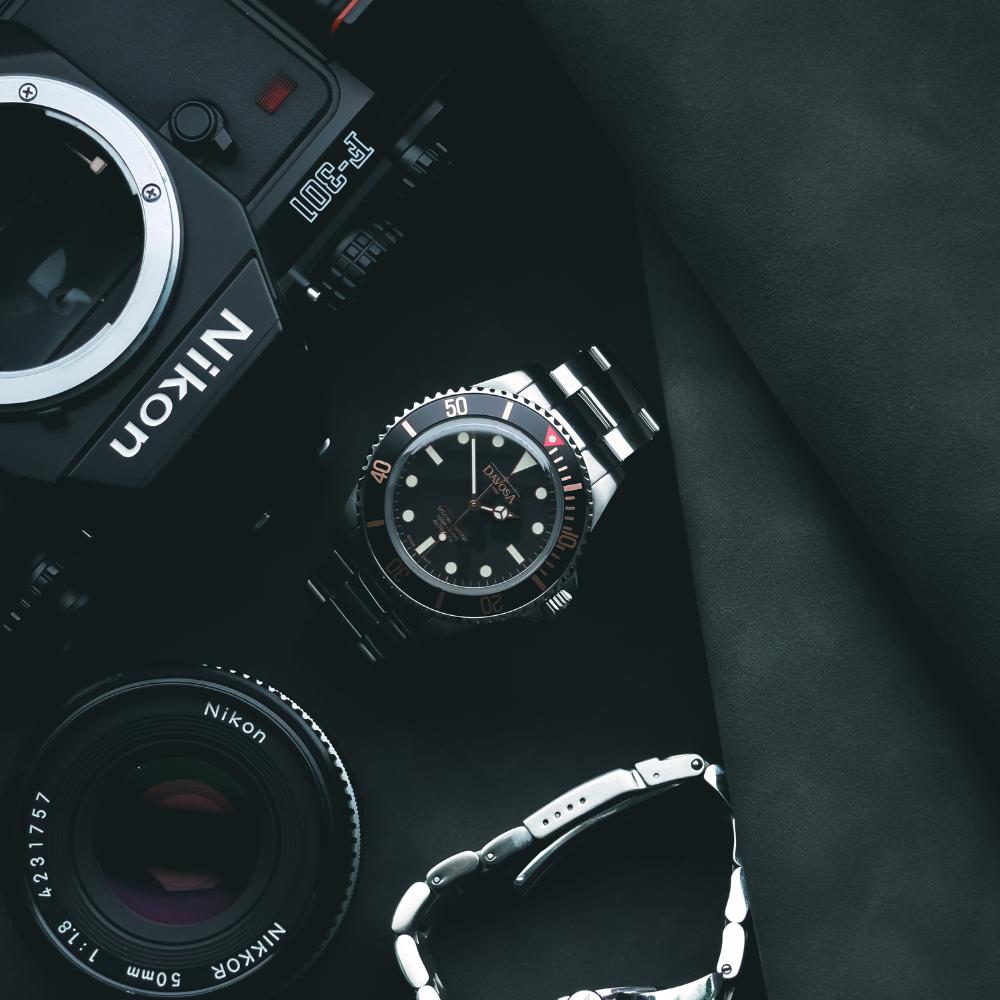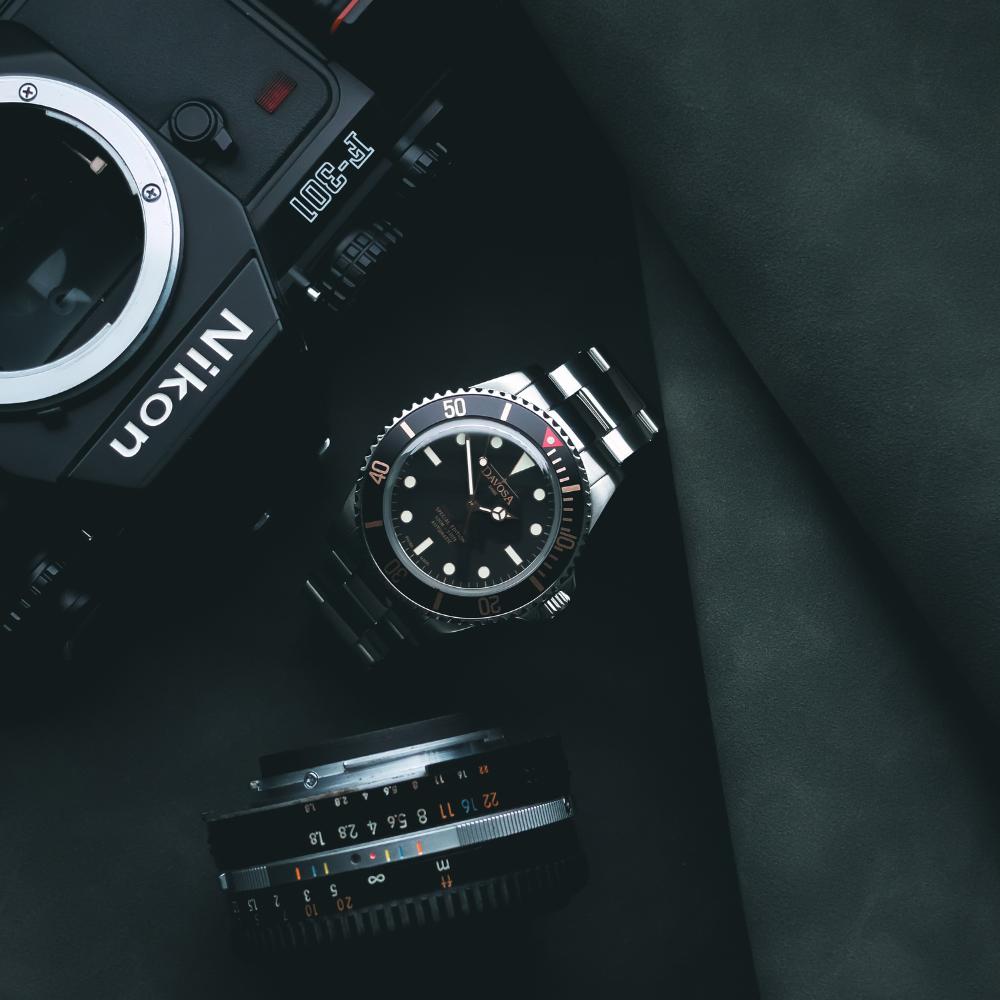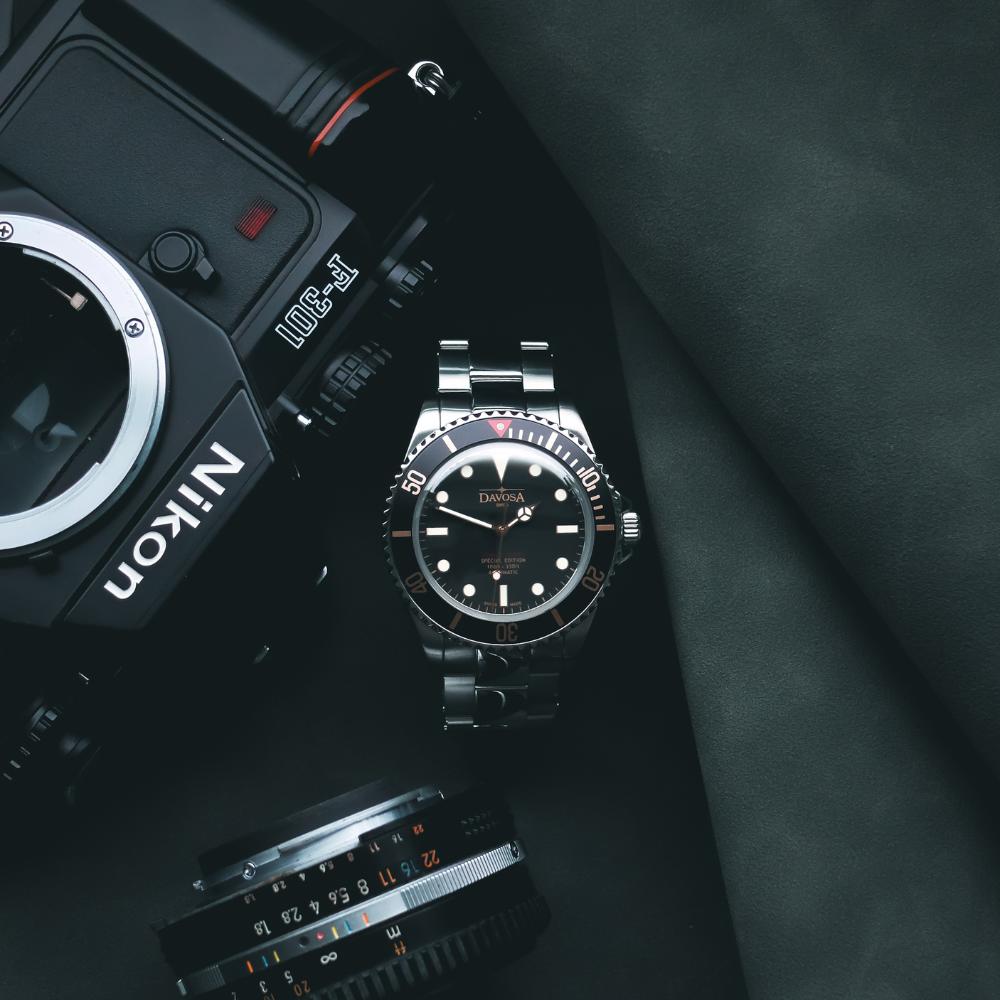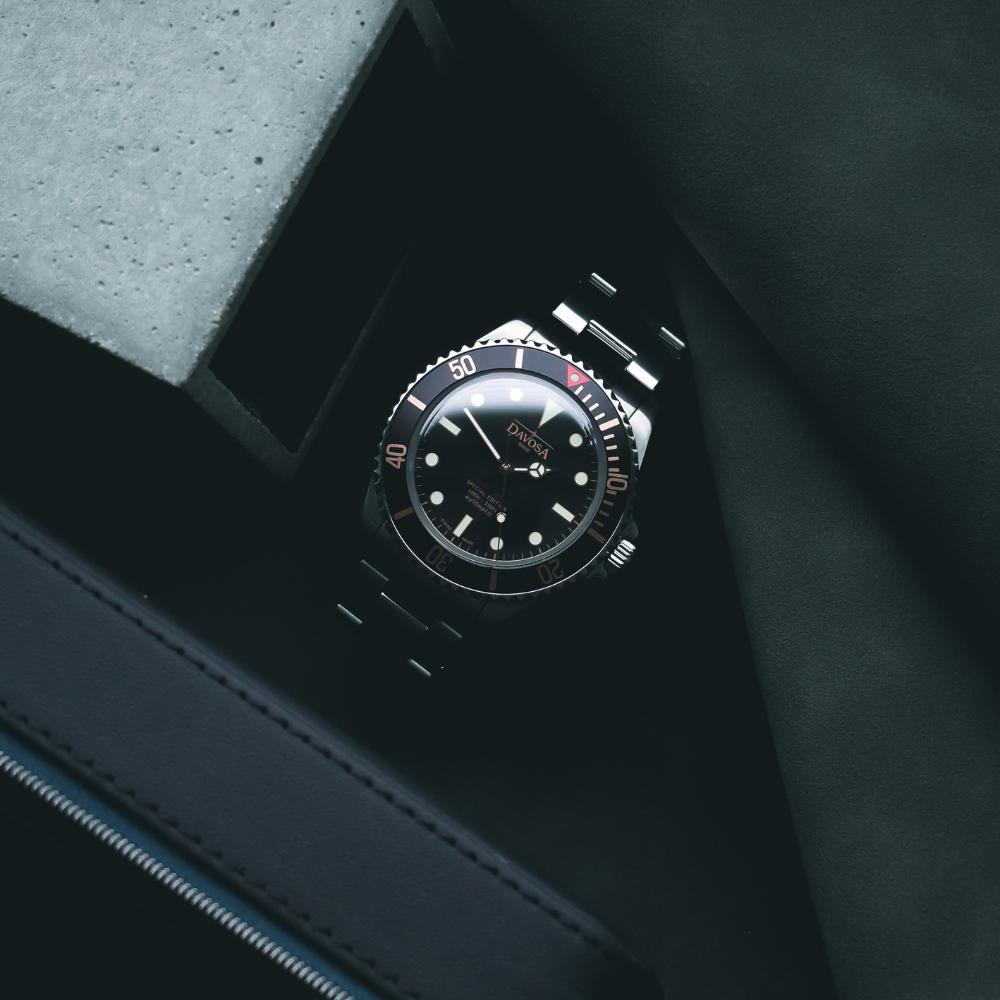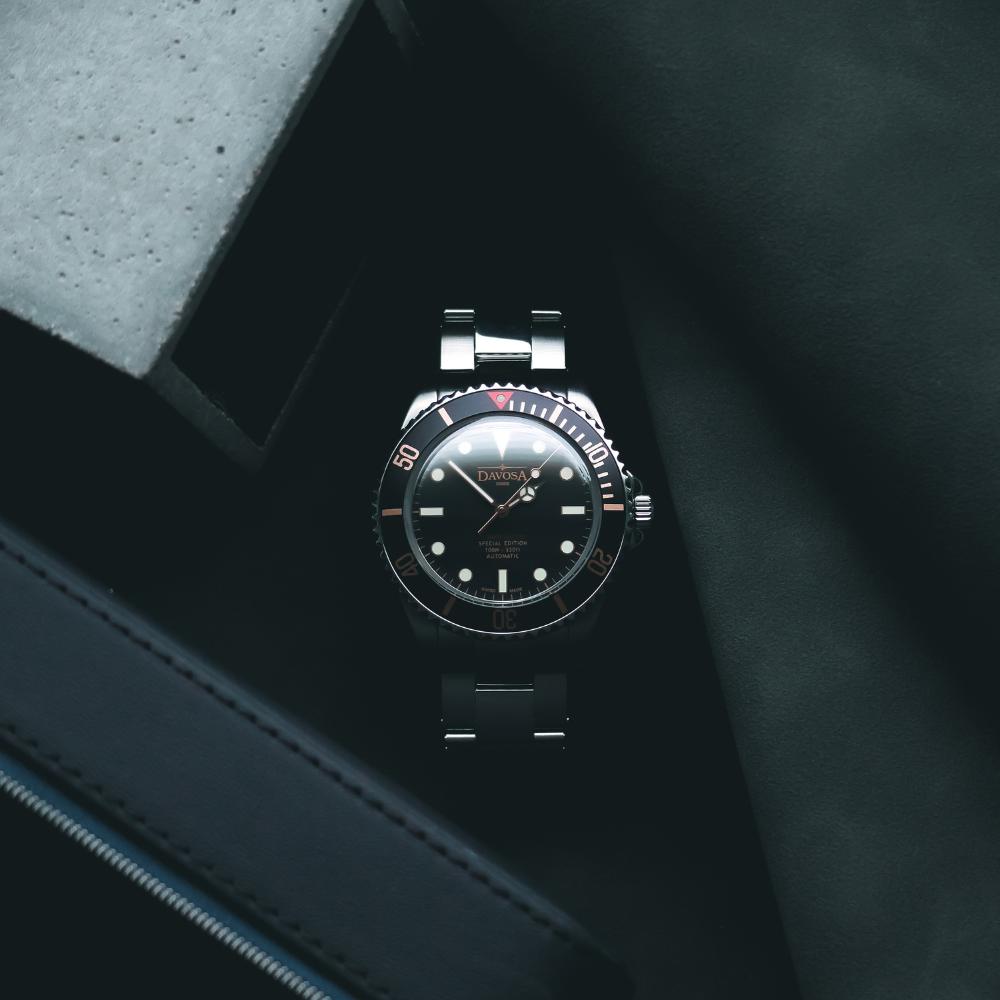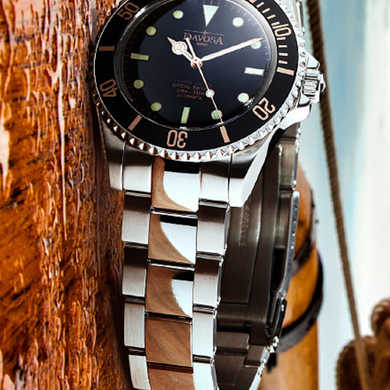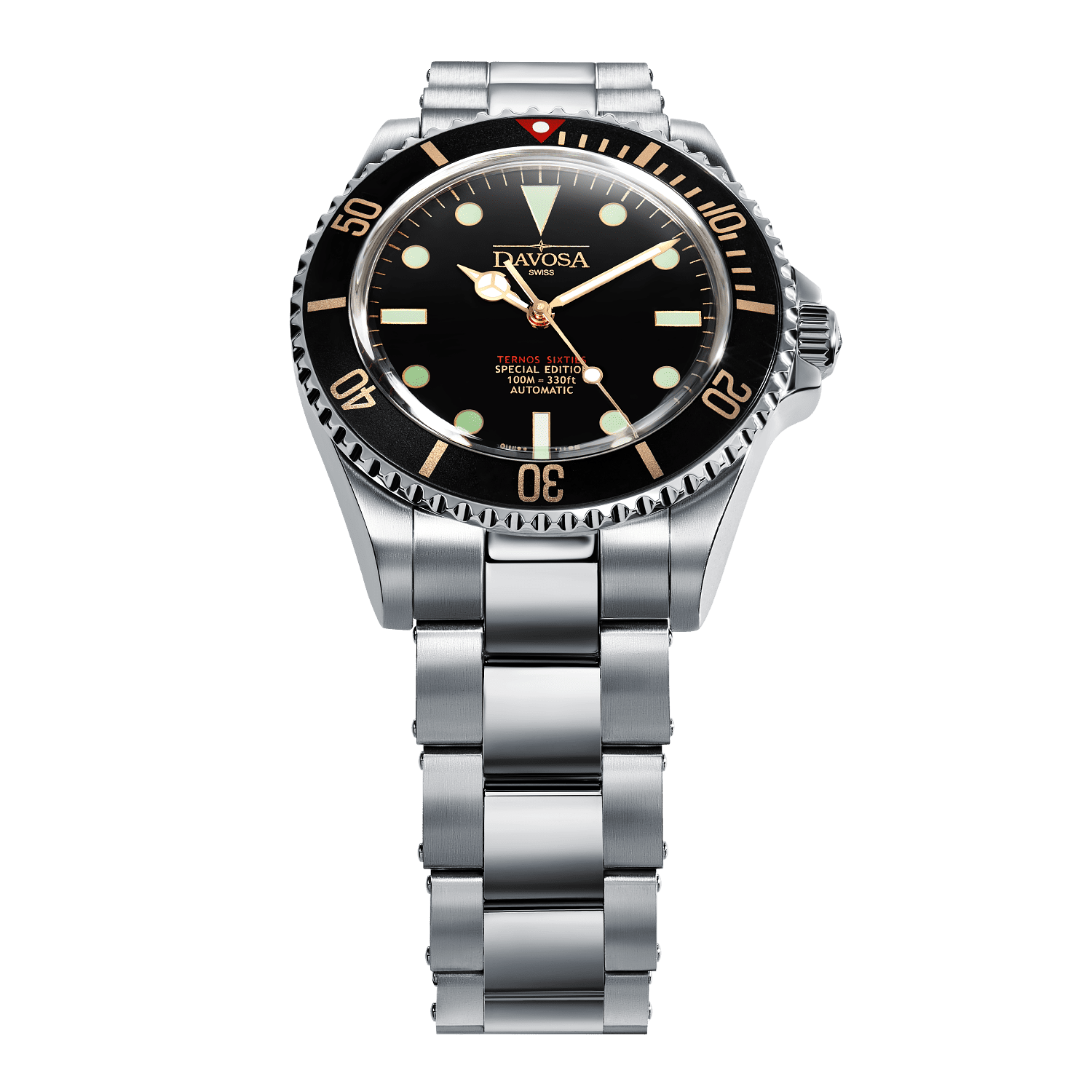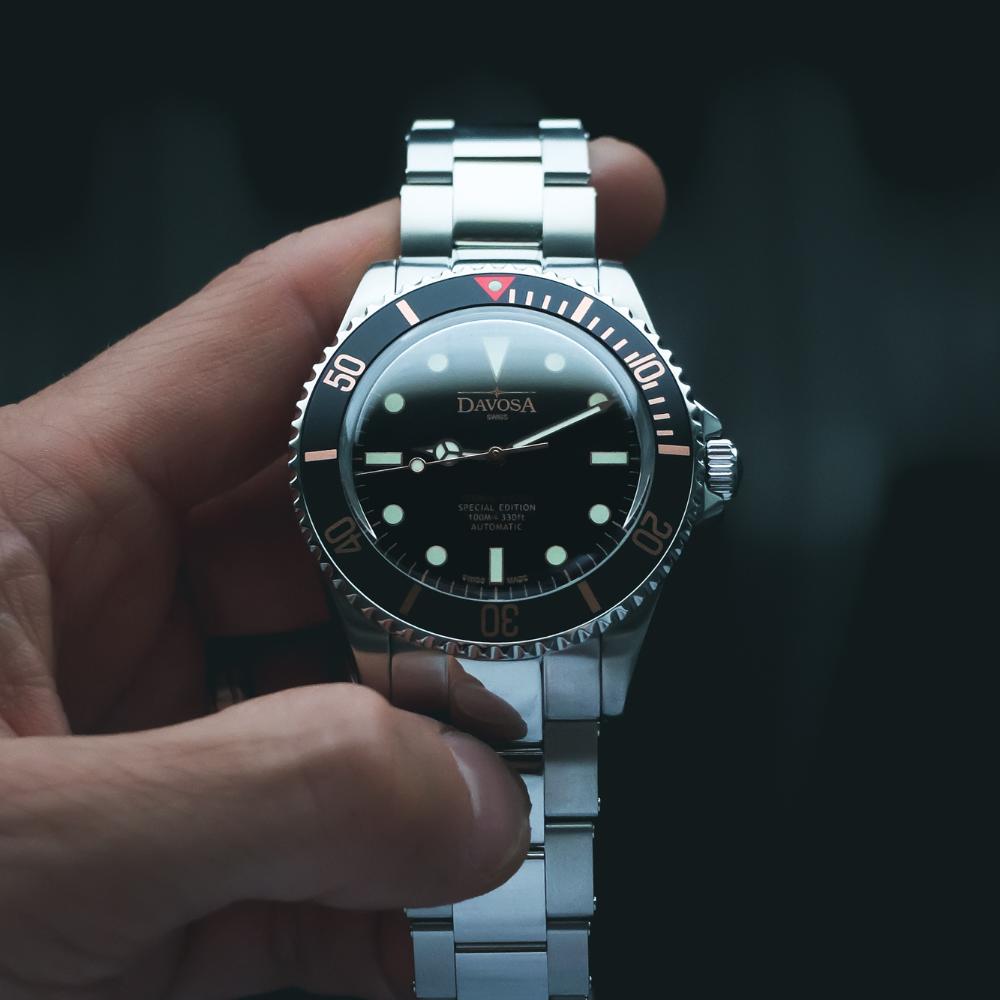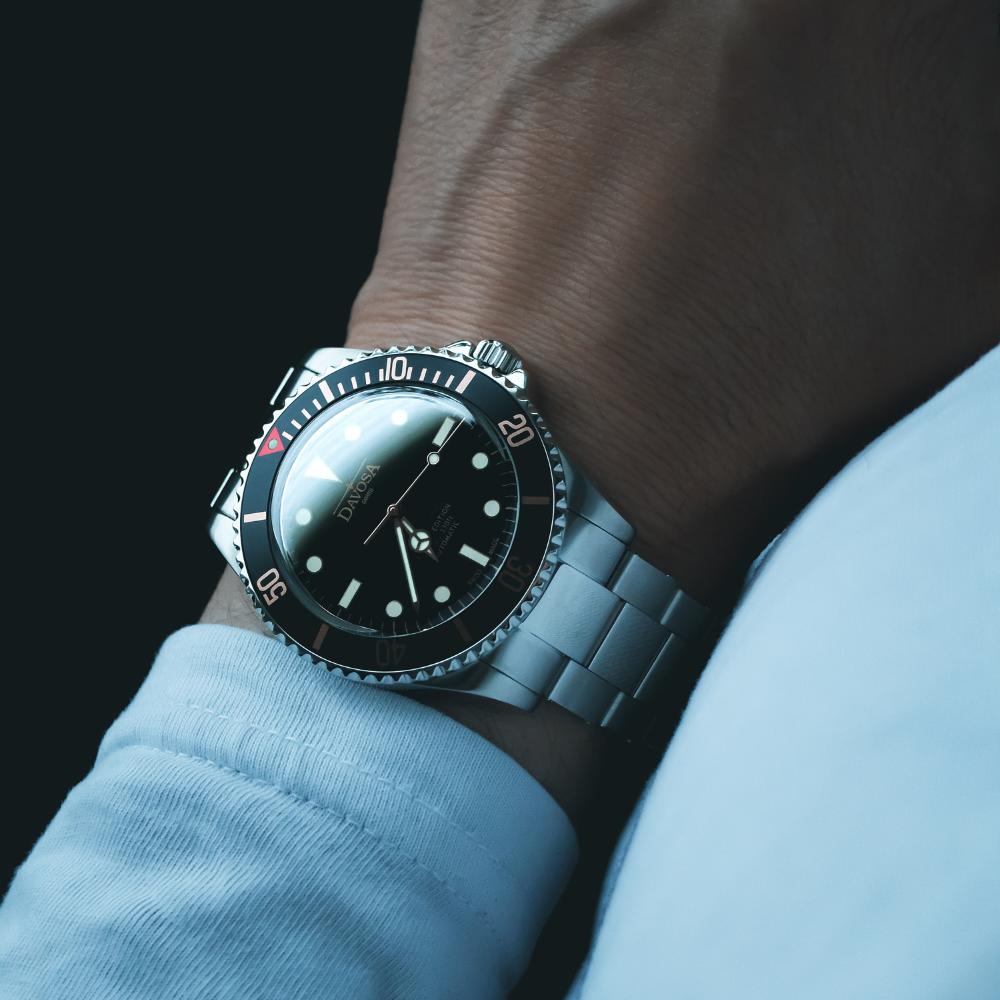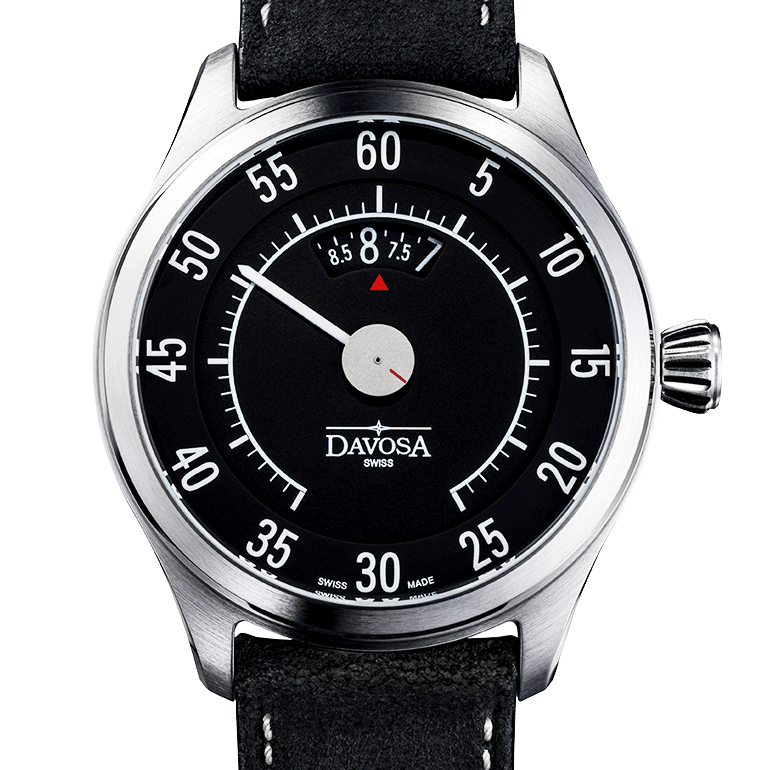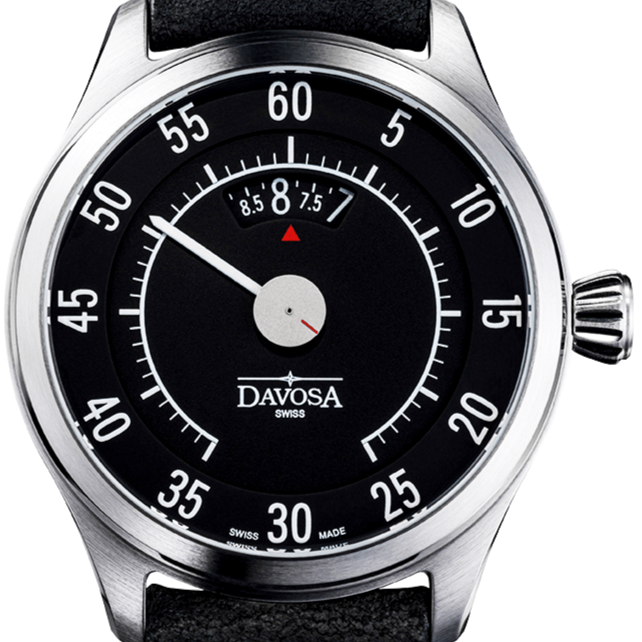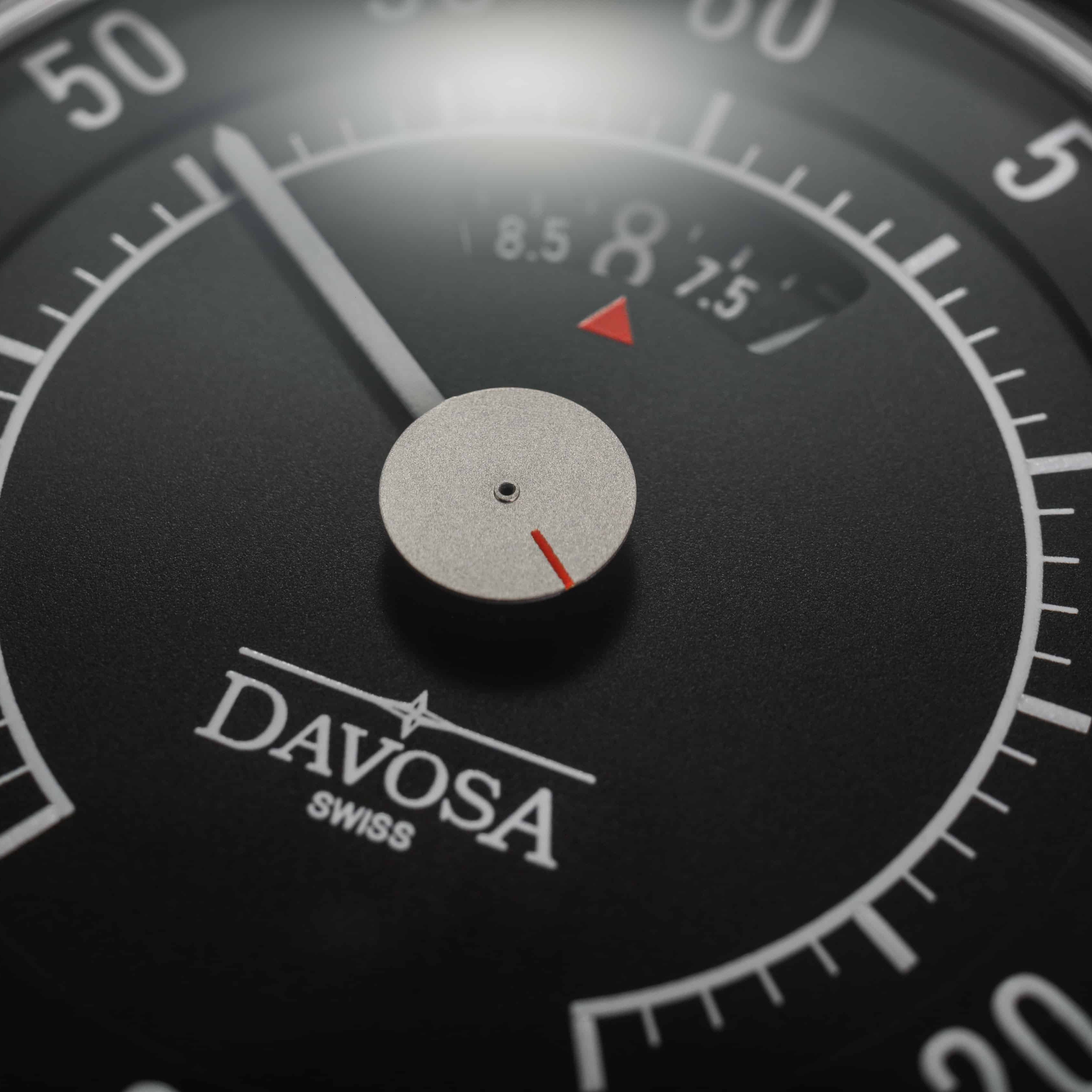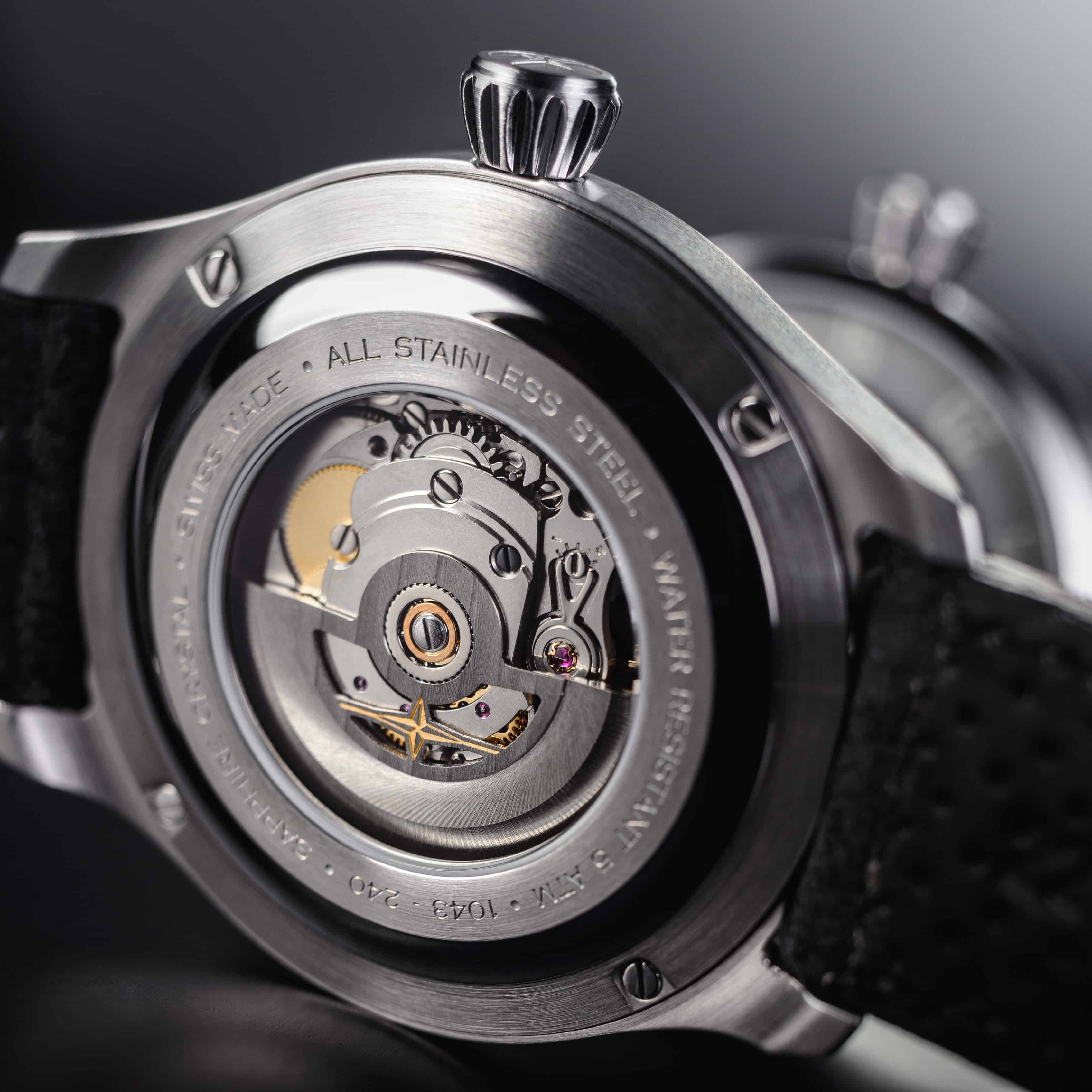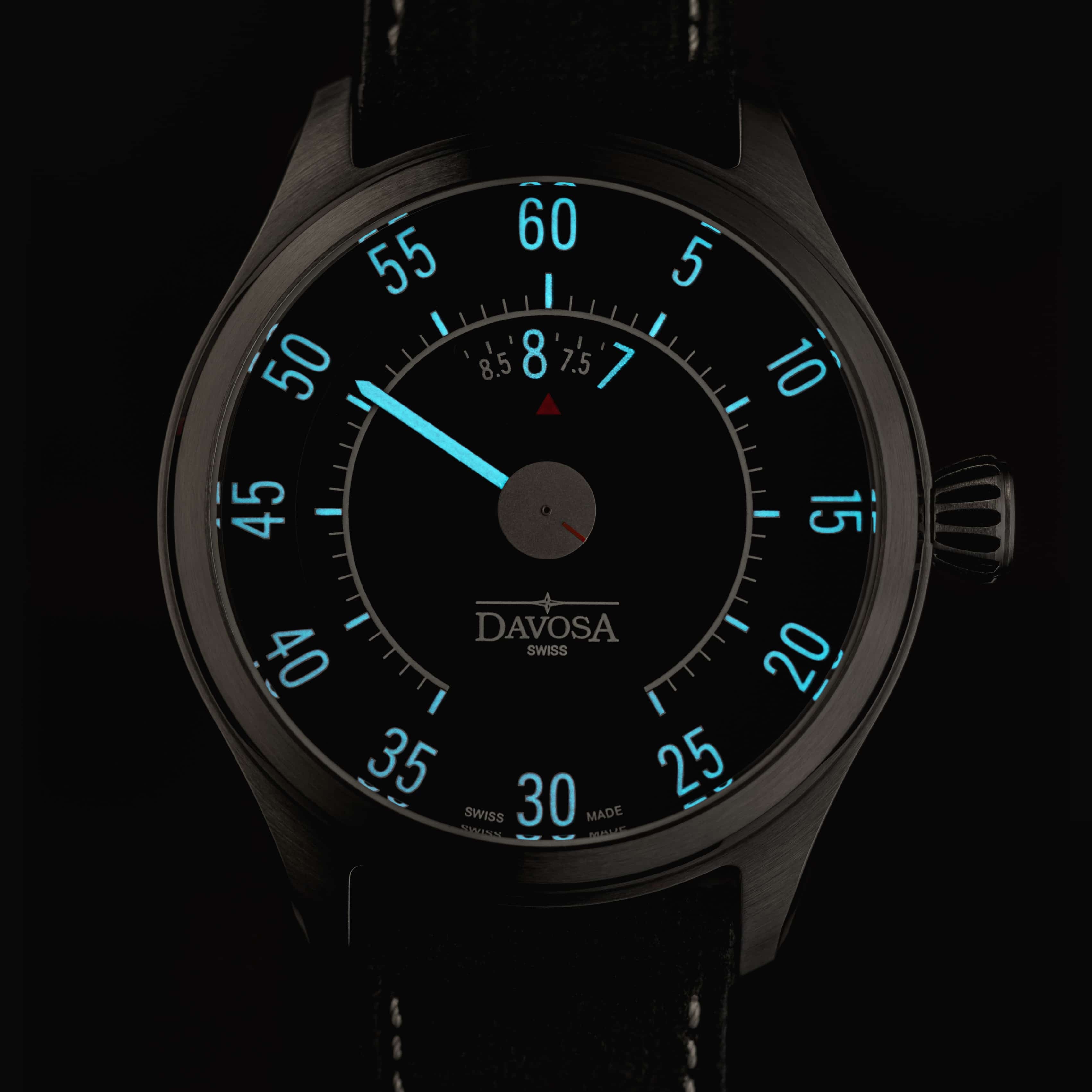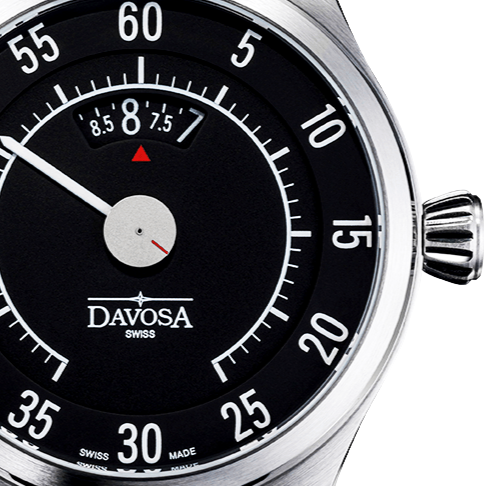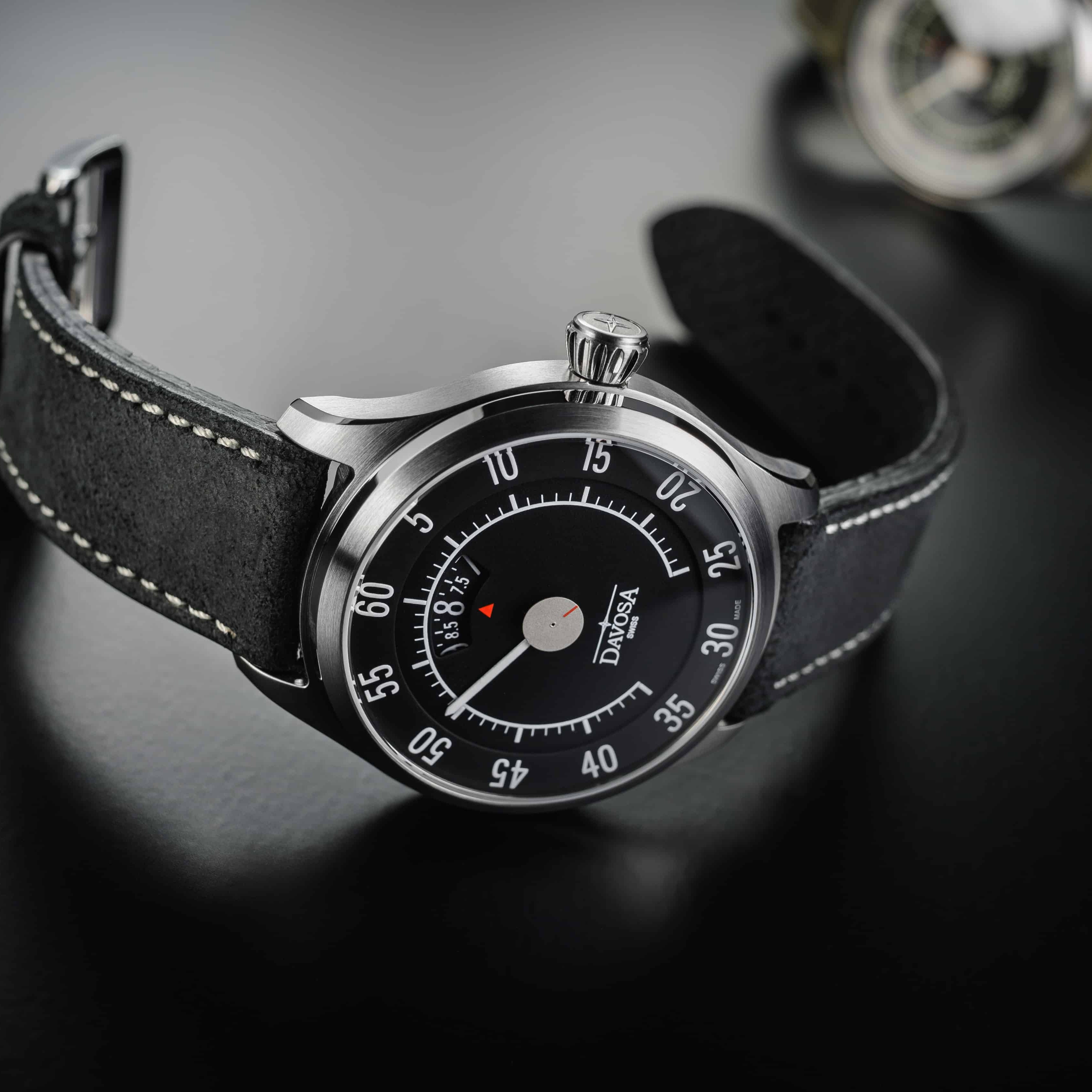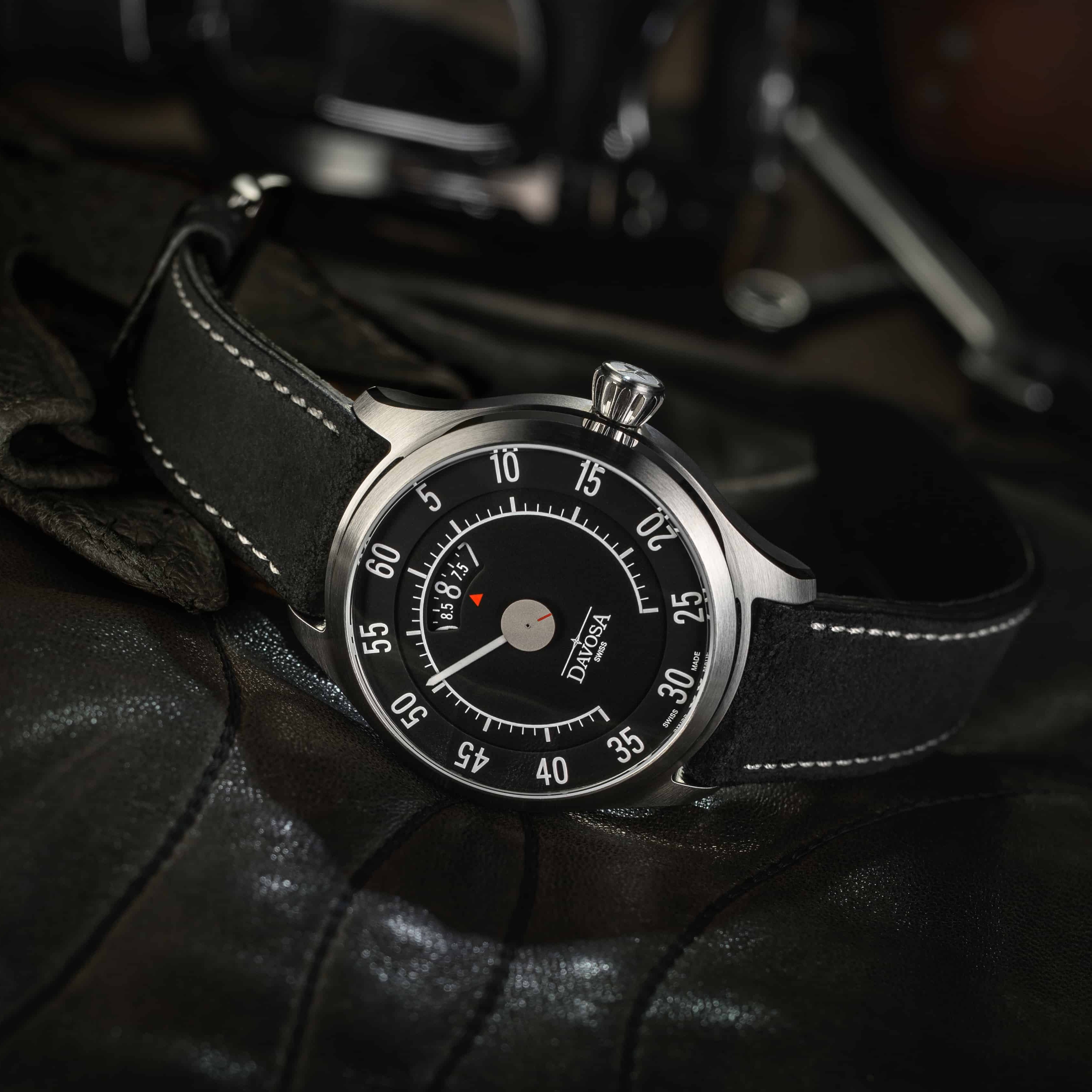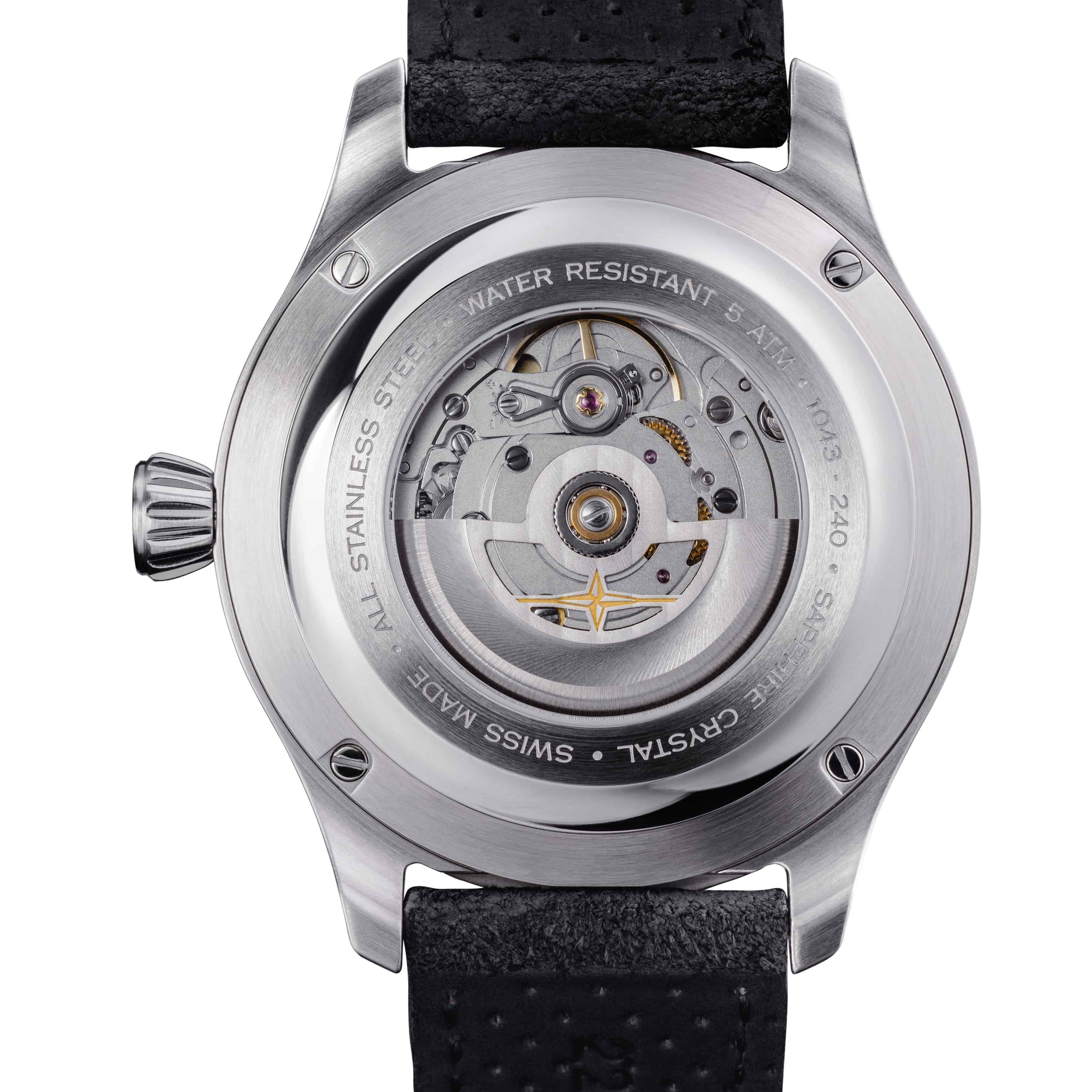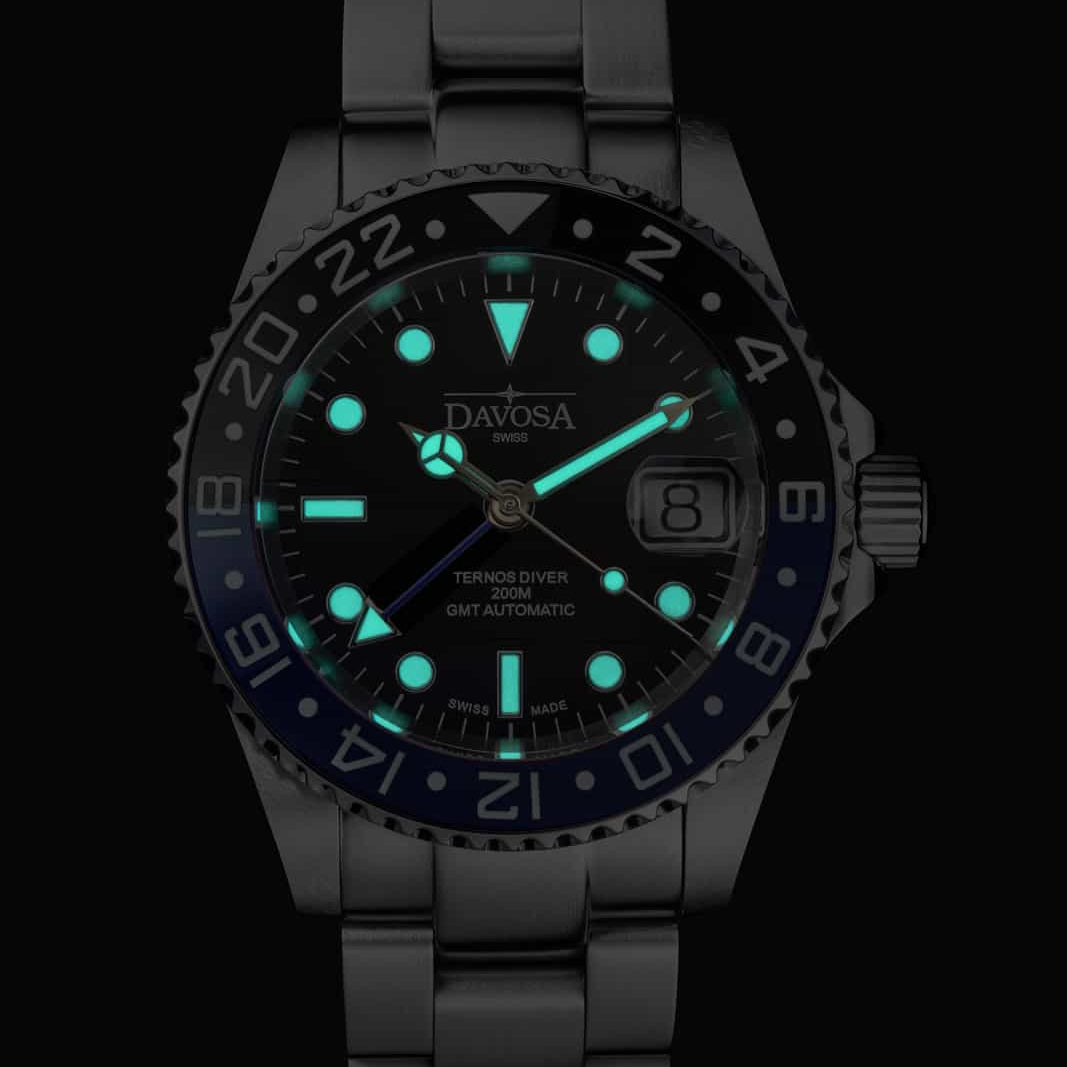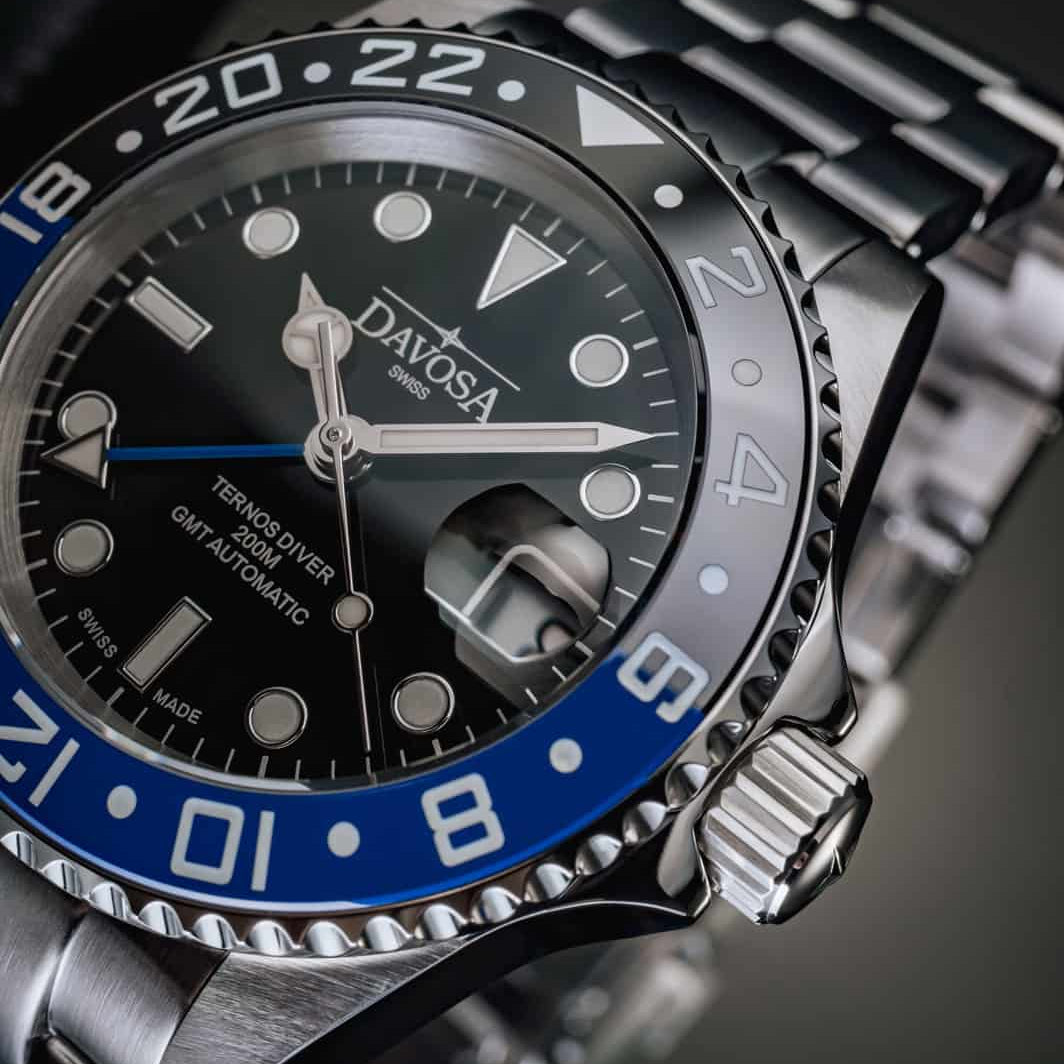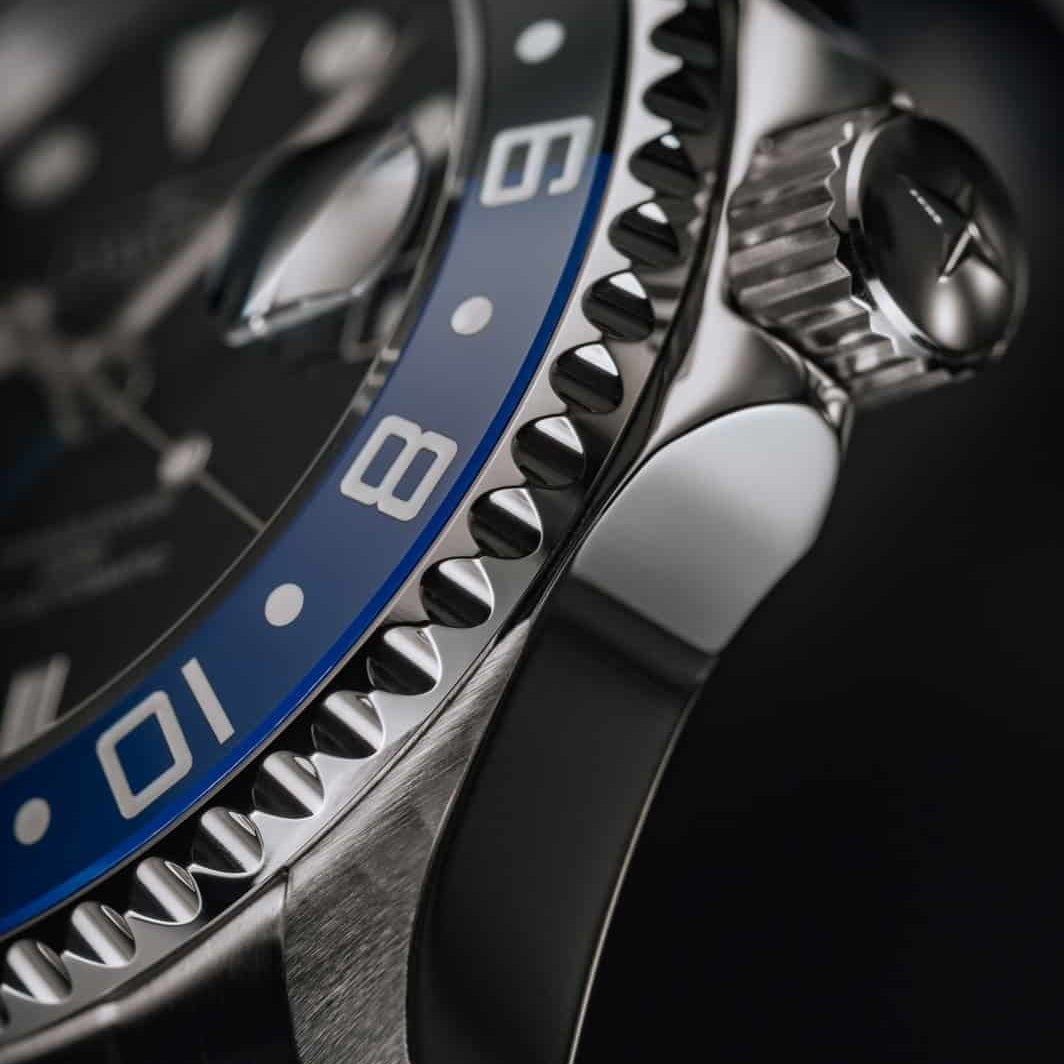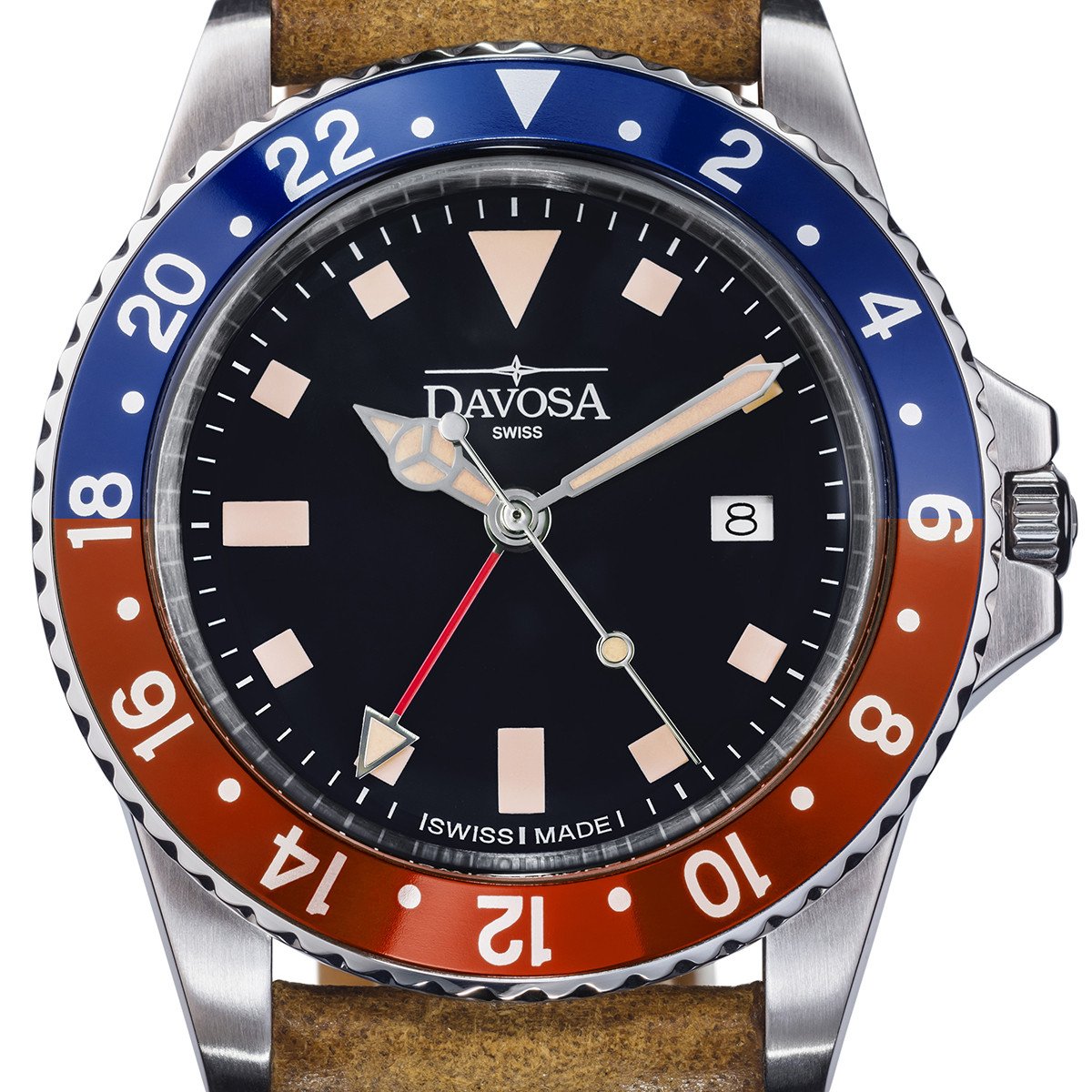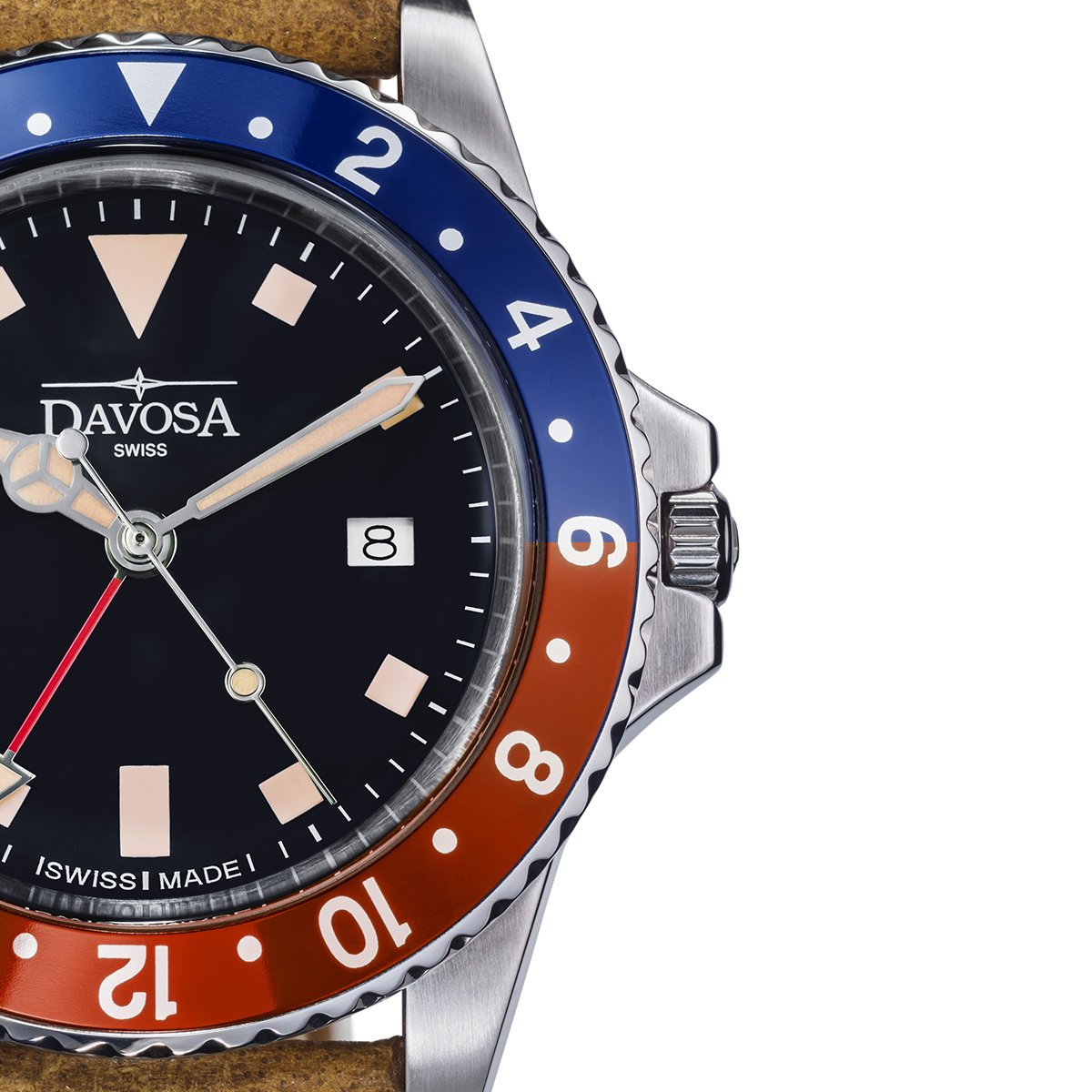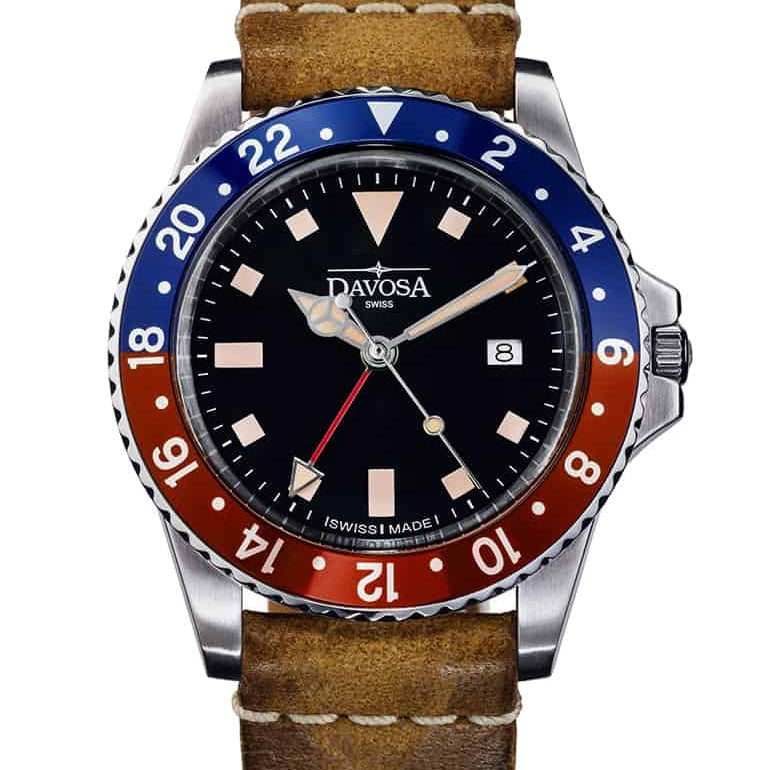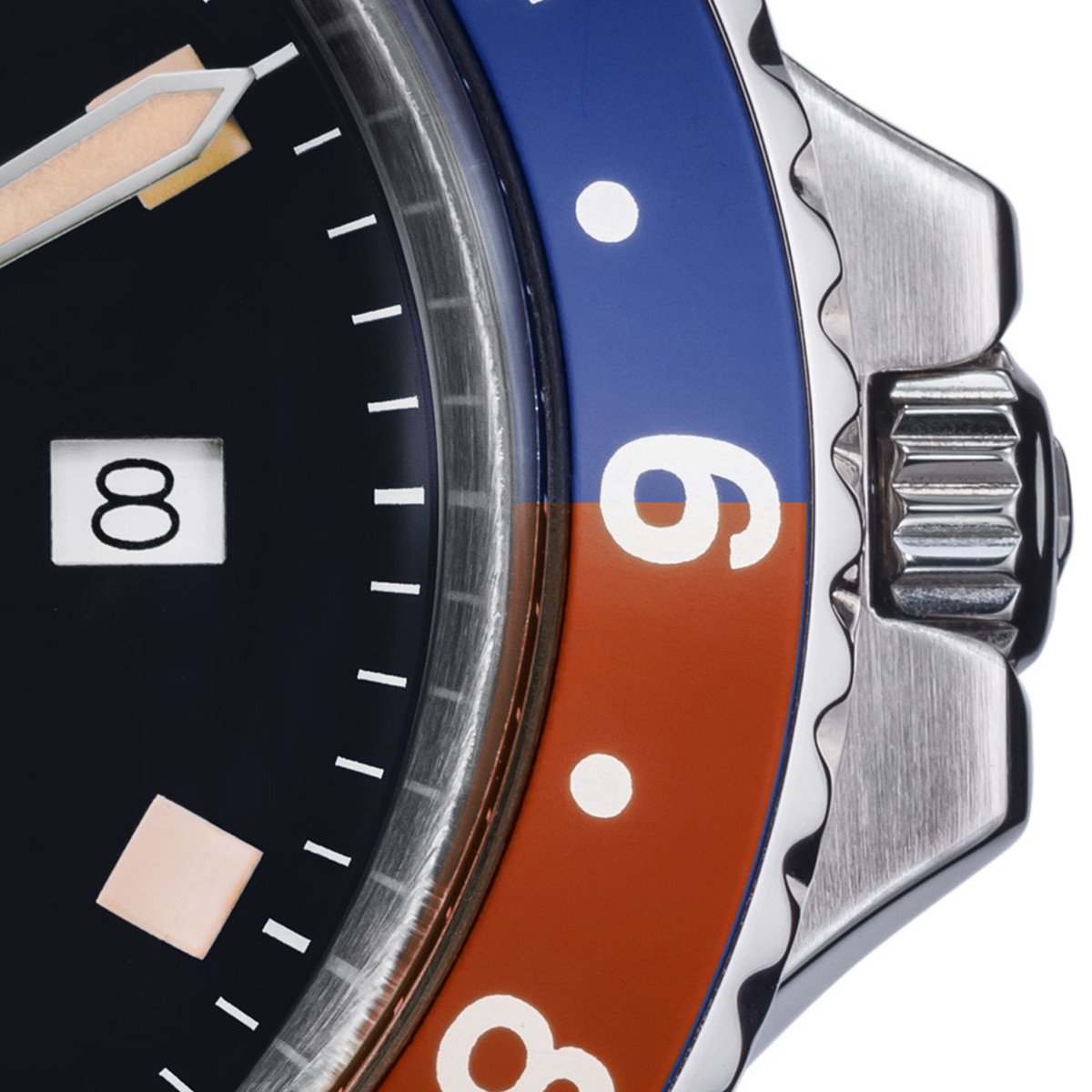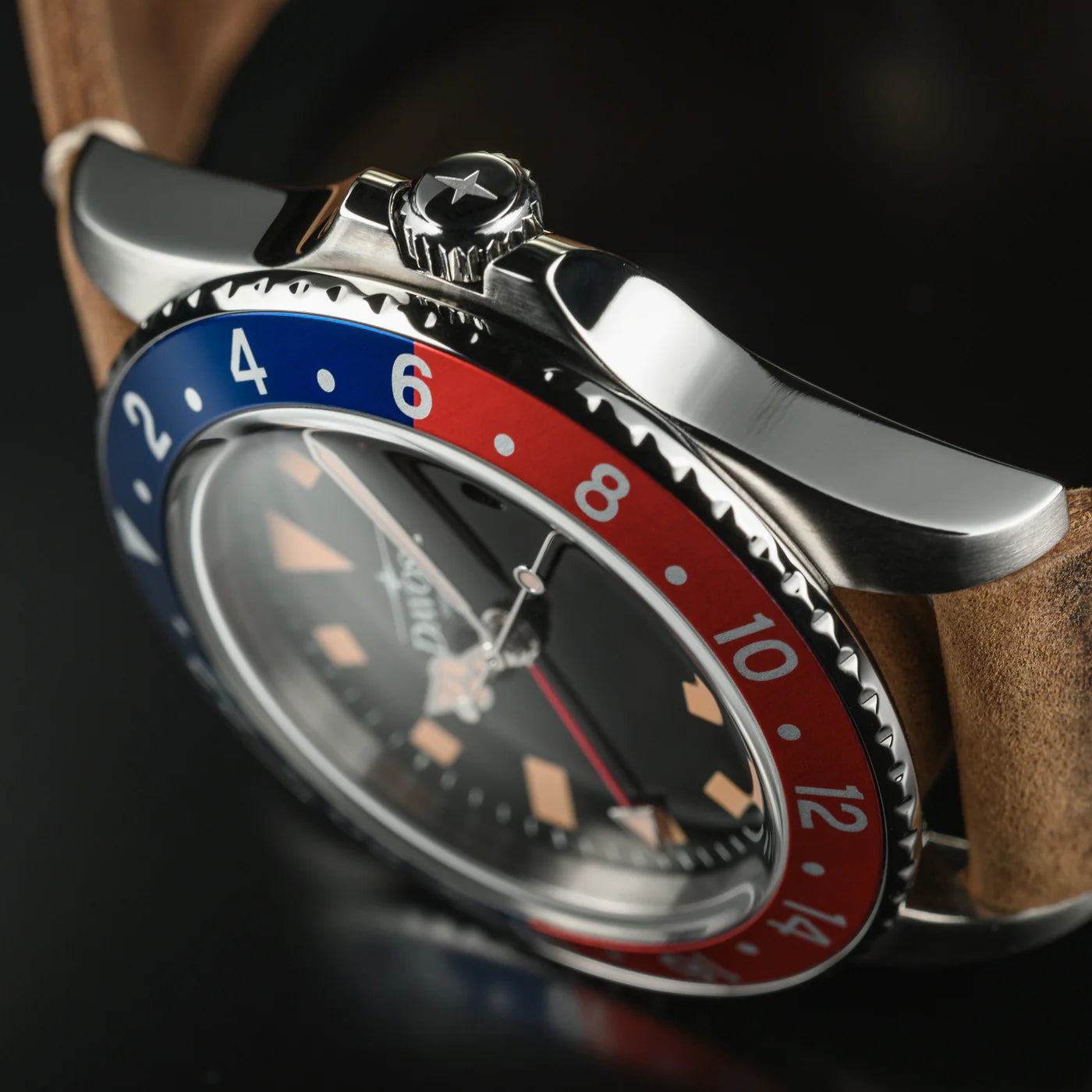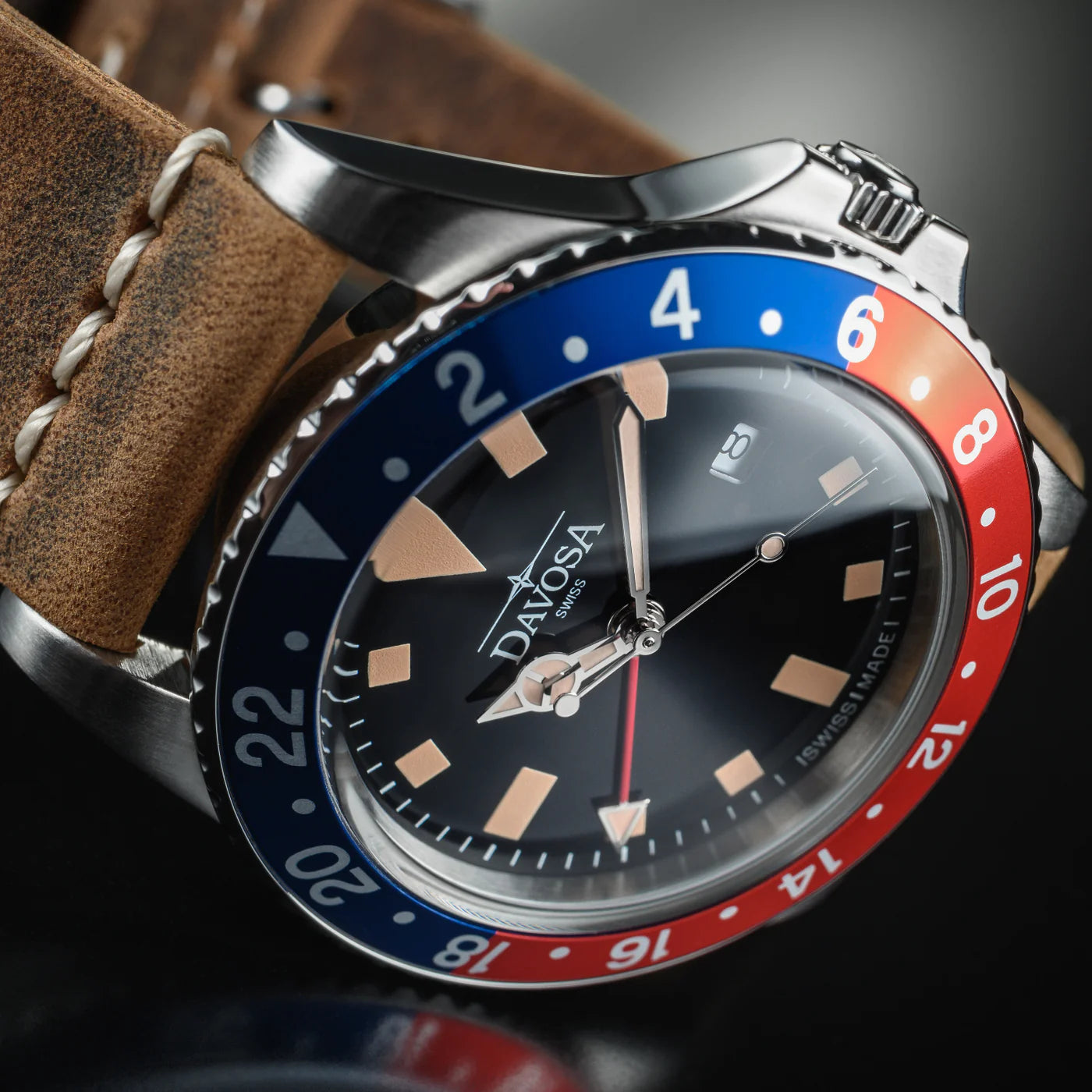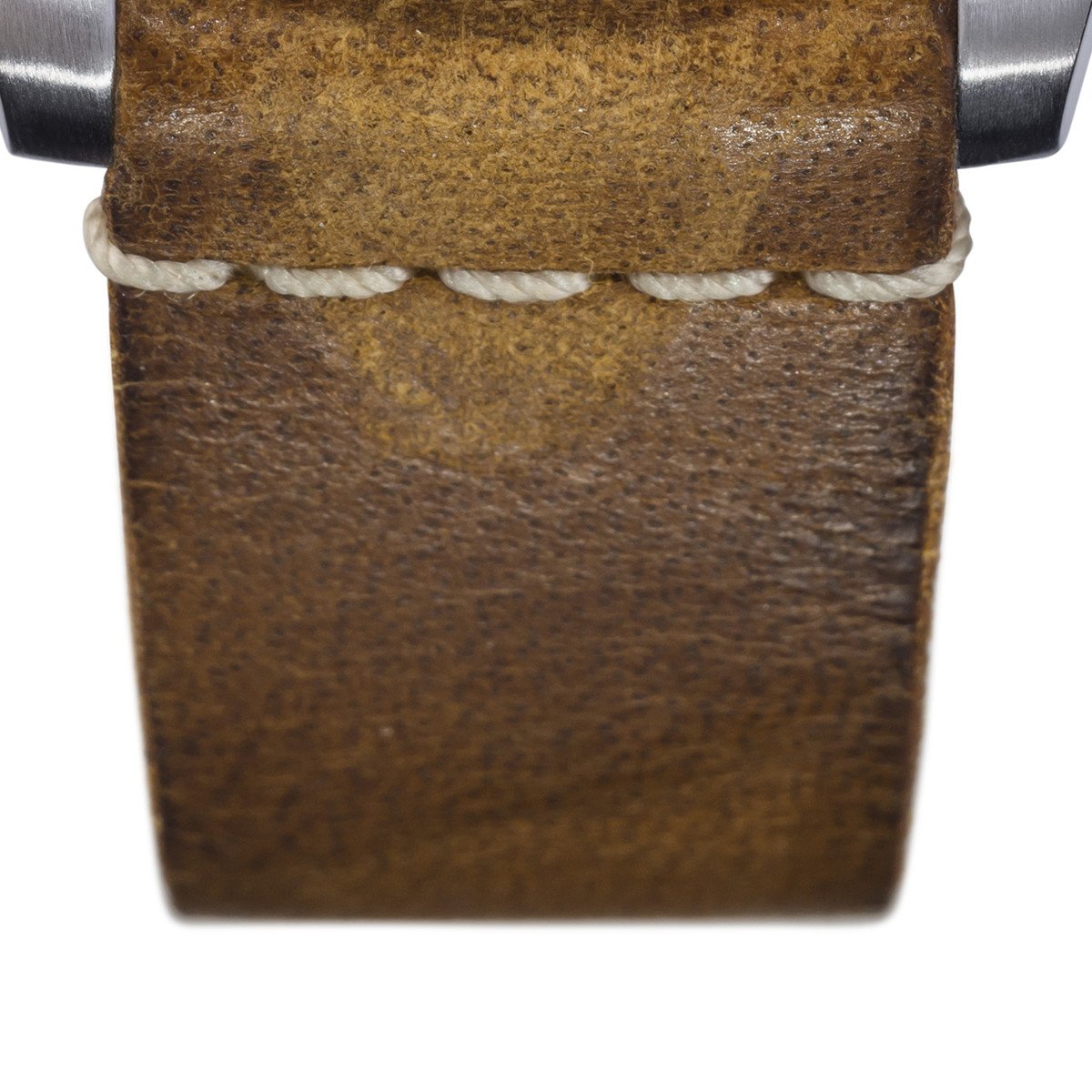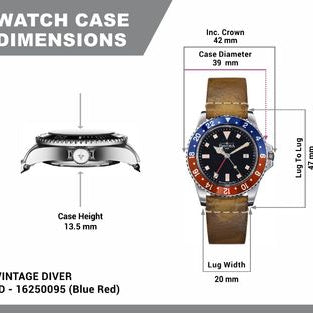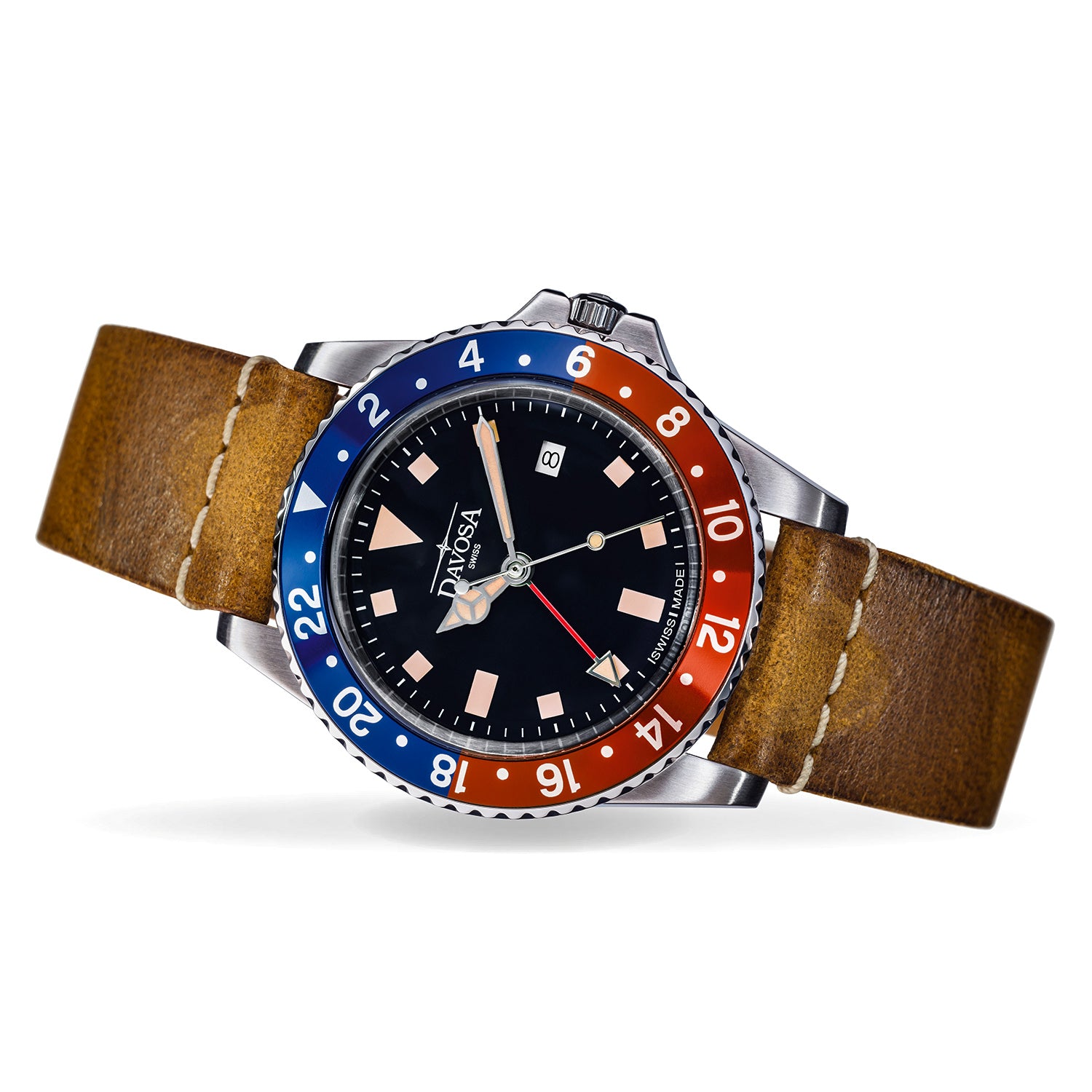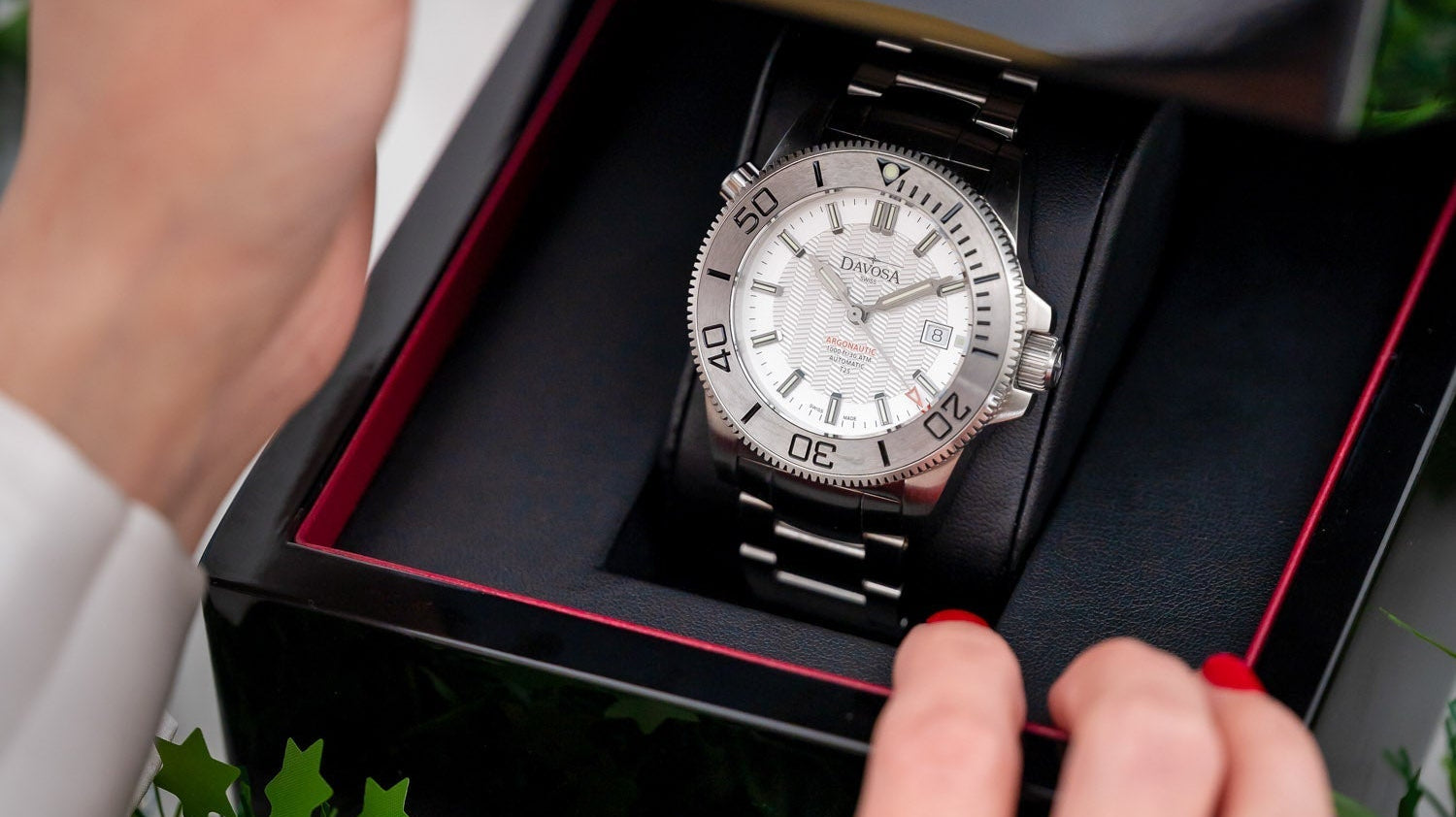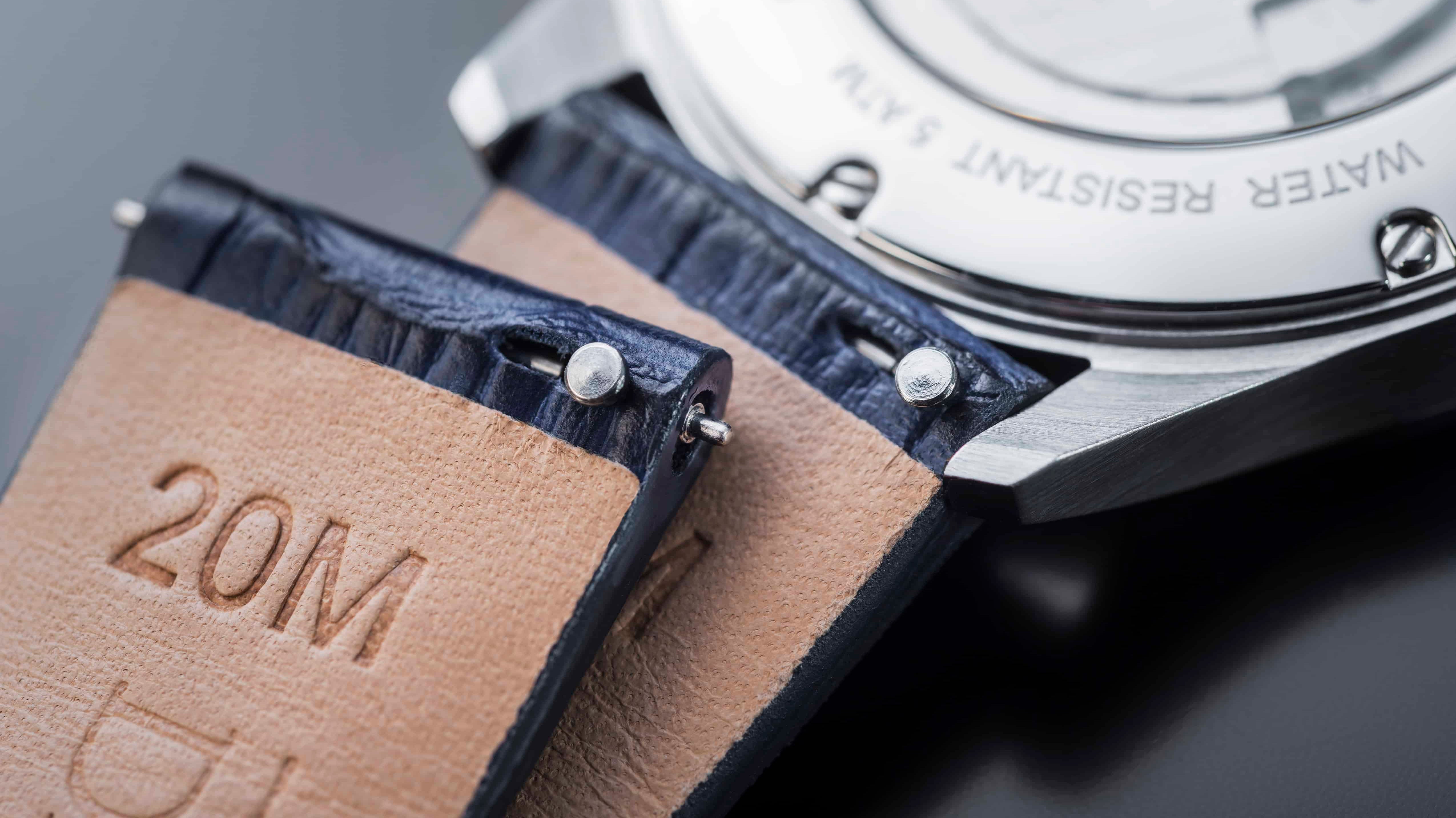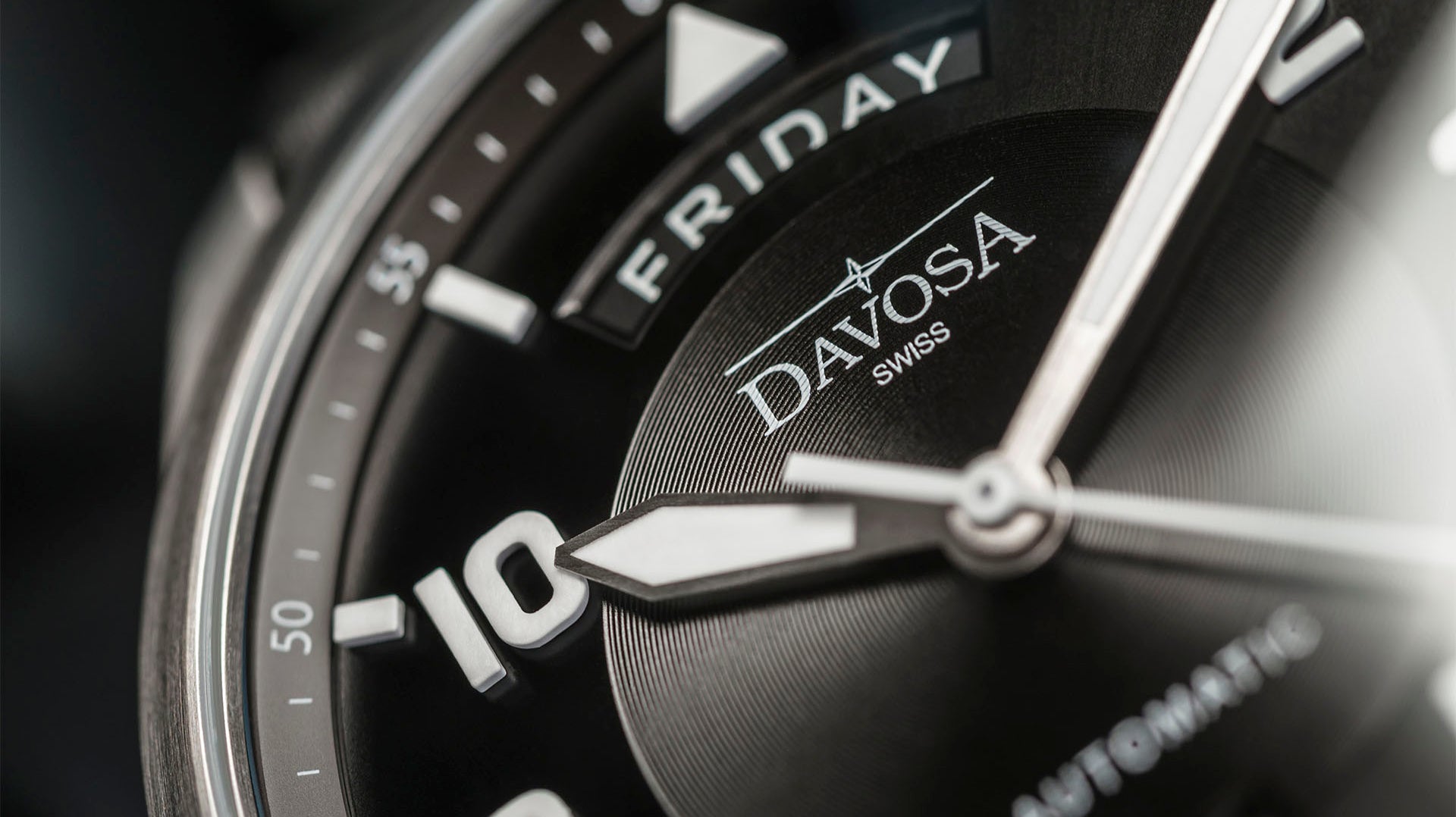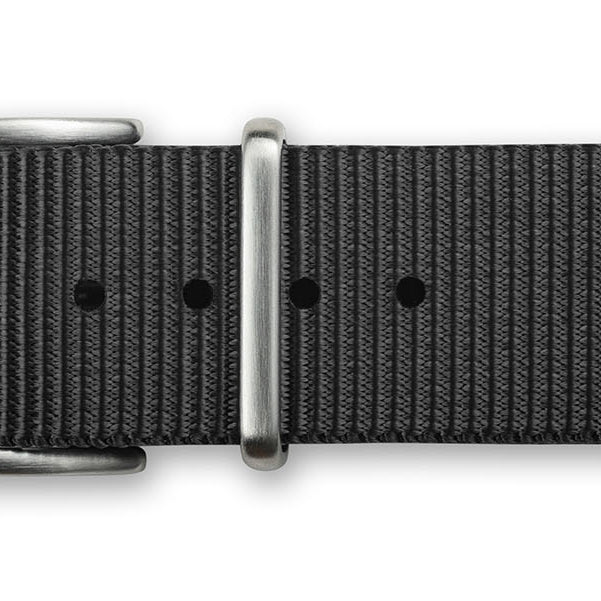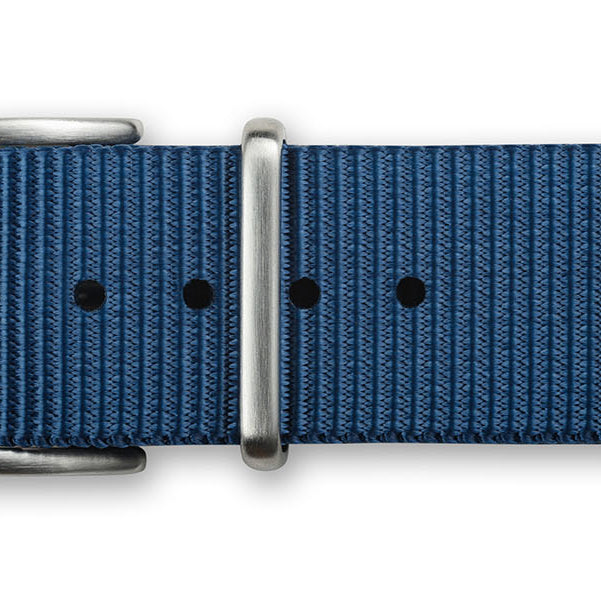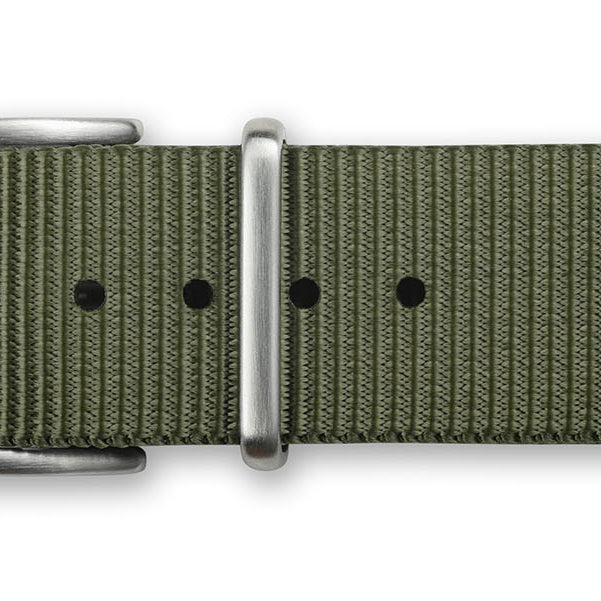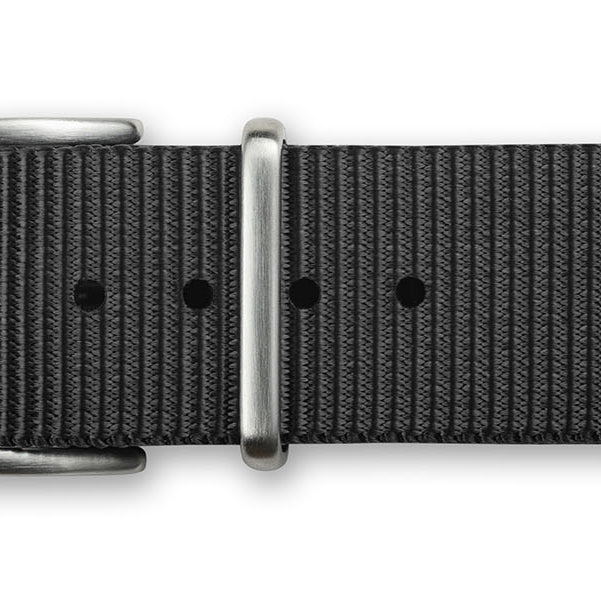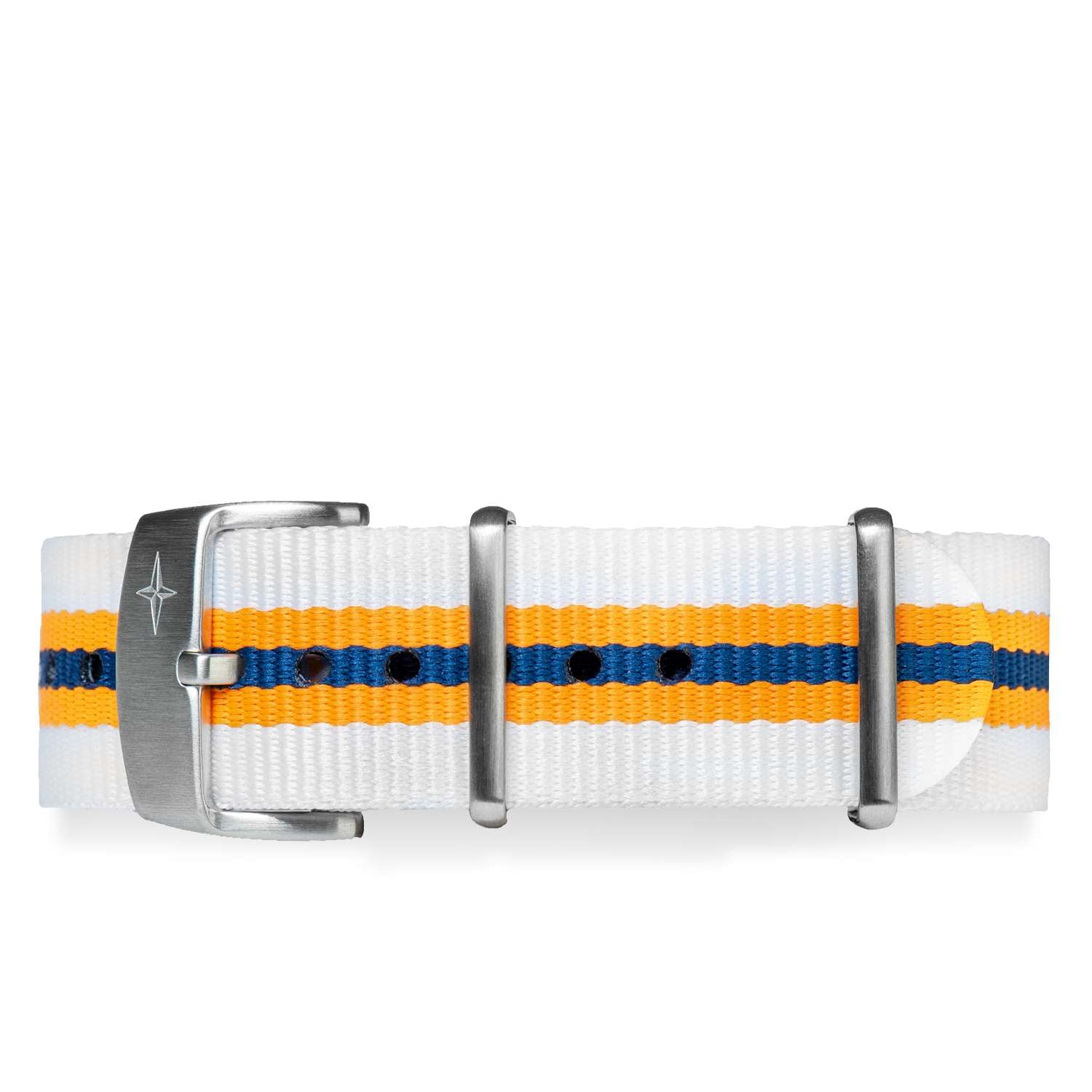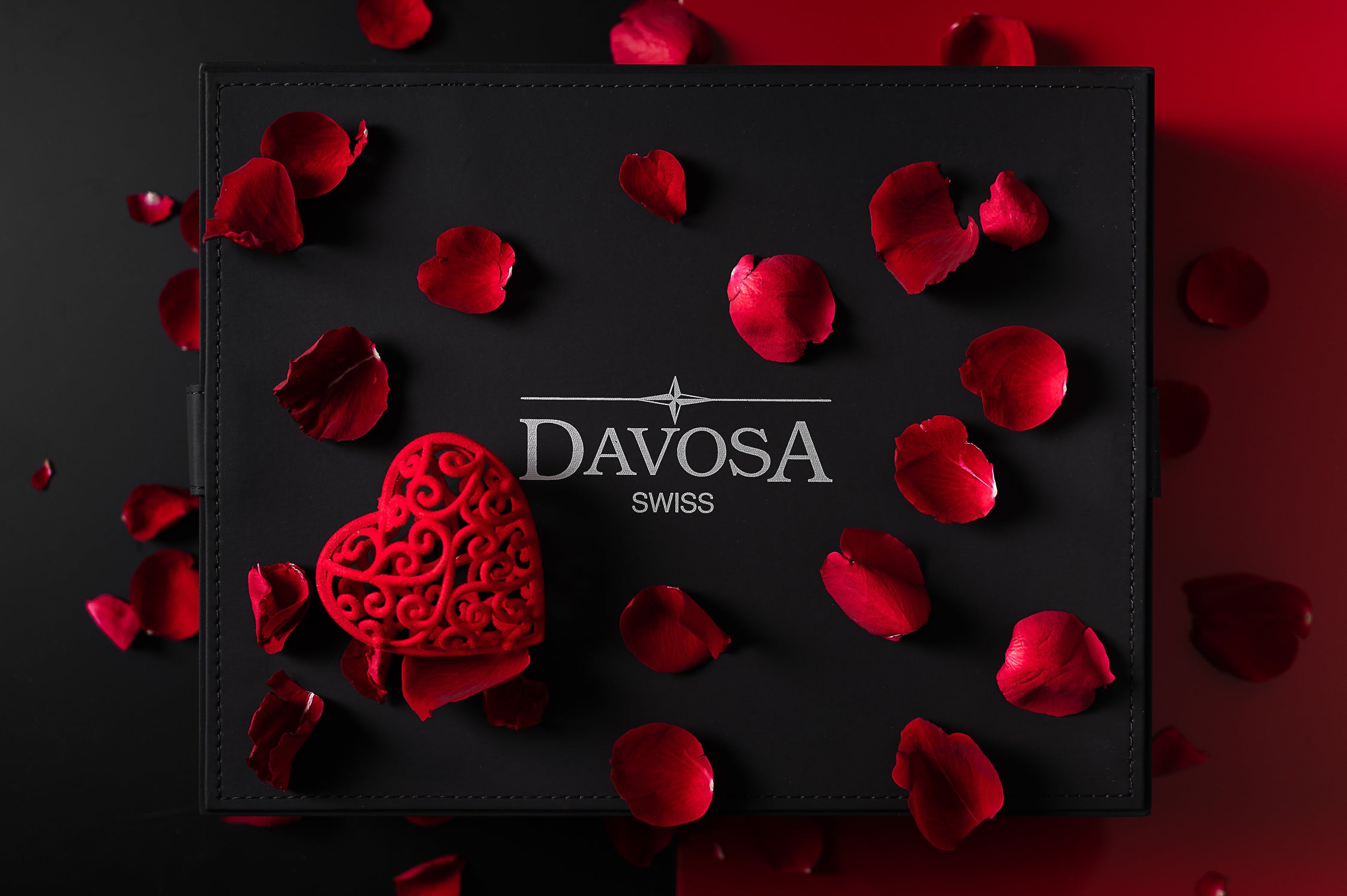Let's face it. Etiquette in our day has become a bit of forgotten art, partly because fashions change, and a lot, in a relatively short period. If we transported a gentleman of 1900 in our time, we would probably find someone confused and scandalized.
Even in an almost trivial detail such as wristwatch-wearing, etiquette reminds us what to use, how, and when. And despite now sailing in the midst of a sea of bad habits, people continue to recognize - and appreciate - an elegant man who puts care and attention to detail, including a fundamental one: the watch. And that's what we're going to discover together.
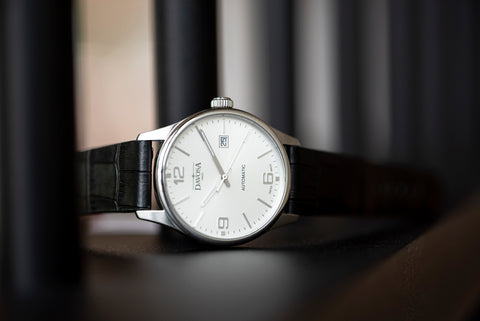
What is a dress watch?
To answer this question, we must first explore history a little. Remember our gentleman friend from the beginning of the last century? He probably wore a yellow gold watch in his breast pocket, secured with a chain to a buttonhole of his waistcoat.
He had possibly heard of that modern devilry - wristwatches - but knew that no respectable person would ever think of wearing one in society.
The dress watch we are examining here is a direct evolution of his pocket watch. It was the timepiece a gentleman wore on formal occasions - that is, practically every time, and that was the case until the advent of "flower power" in the 1970s.
The typical dress watch of the golden age of wristwatches was a watch of different shapes, mostly round, with a case made of precious material such as silver, gold, or platinum, for the most affluent, or made in more humble metals and then plated, especially in yellow gold.
The size was relatively small, from 30 to 36 mm, with some specimens, called oversize, which reached 38-40 mm. Frequently, it had a white dial, which was made in porcelain or enamel in the most precious cases. The watch was mostly worn on a precious leather strap, made from the hides of animals like crocodile or ostrich, or more rarely, with a gold metal bracelet.
The true ceremonial dress watch had only two hands, hours and minutes, and no complications - but the true gentleman had several at his disposal, which matched the dress and the occasion, and which carried date displays, perpetual calendars, moon phases, and other special functions such as alarms and chronographs.
Over the years, some of these exclusive - and perhaps a little pretentious - features of dress watches have been abandoned: the metal used in cases have become less important with the development of steelwork and chrome plating. The strict rules of etiquette became more relaxed with the development of automatic watches and the rediscovery of other watchmaking complications. Dials changed their color to include darker shades and opened up to reveal the internal caliber through skeletonization. The movement acquired importance, so transparent case backs were created.
Dress watches have also become more practical, more contemporary, and adapted to the needs of our times, creating an extensive range of models ranging from the simplest to the most sophisticated.

What is the difference between dress watch and casual watch?
In reality, there is no longer a big difference between dress watches and more casual watches in everyday contemporary use. In the sense that by now, watches are used by people on the most diverse occasions regardless of their original function.
One of the most classic examples is the typical steel Rolex Submariner with a matching bracelet worn at a formal dinner. By the rules of etiquette, this is a resounding faux-pas. However, this is more than adequate for standard usage - in fact, some might call it "elegant." This comes right from the 1970s, where the most famous watch companies such as Audemars Piguet and Patek Philippe launched the fashion of luxury sports watches such as the Royal Oak and Nautilus, which were sold with a steel case, matching bracelet also in steel, dark dial (specifically, blue) and large size, around 40 mm.
Since then, the difference between dress watches and other types of watches has pretty much disappeared, and everyone does a little bit of what they feel best to do. There is, however, to say that certain elements distinguish the two categories, indicatively the following.
- Bezel
- Crown
- Superluminova
- Hands
- Case
- Case Thickness
- Case Dimensions
- Design
1 - Bezel
Rotating bezels with various indications (minutes, hours, telemetric scales) are typical of sports watches. Dress watches have simple, often very linear, fixed bezels.
2 - Crown
Winding crowns are revealing of the function of a watch. Sports watches normally need to have good water resistance, and this implies the presence of a screw-down crown. For a dress watch, a push-in crown is more than sufficient.
3 - Superluminova
This is the luminous paste that illuminates the watch at night, allowing you to see the time. If there's a lot of it, well-distributed on the hands, indexes, and numerals making them easily visible at night, it's probably a sports watch. If there's little of it - like a few discreet tiny dots marking the dial and hands - it's a dress watch.
4 - Hands
In sports watches, the hands are large and prominent, often covered in Superluminova, making it easy to see the time in any situation. In a dress watch, the hands are usually thin and elegant, often gold-plated.
5 - Case
A sports watch favors practicality, so it will have a case made of a sturdy material such as steel or a technical metal or polymer. The typical dress watch has a case made of precious metal such as gold or plated to look like it.
6 - Thickness
By their very nature, sports watches are thicker and thicker, so much so that usually it is difficult to slip them under a shirt cuff. A typical dress watch, on the other hand, is flat or ultra-thin, so it slips in and out just fine. More or less, the thickness limit is 10 mm.
7 - Dimensions
Sports watches generally have more generous dimensions precisely because they need to be larger, with sturdy cases that better protect their "heart" and appropriate lugs. Dress watches are smaller, sleeker, and with slim, elongated lugs.
8 - Design
Design is very subjective, but a sports watch will have a sporty design, with large elements and easily visible indicators to see the time at a glance, while a dress watch, on the contrary, will have a sober and elegant design, with few elements well distributed within the dial.
Can you wear a dress watch casually?
Because of the principle of smart casual, we can wear a sports watch to the office and a dress watch while we go shopping at the supermarket - and no one will object.
Of course, one must never forget the main characteristics of a dress watch. As we said above, the typical dress watch is not made to deal with "extreme" situations. That is, it's not made to operate in water - except for the occasional splash from the sink, and its leather strap could be quickly ruined if it were continually exposed to water.
It's not made to be subjected to prolonged physical activity - if you work out or do strenuous sports, it's best to put on a dedicated sports device. If you do work in an environment such as a workshop or similar, you might risk bumping into some object unintentionally and risk scratching or ruining it.
In summary, sports watches are born for sports applications, and dress watches are made for formal applications. Still, there's nothing that precludes people from using them in one situation or the other - except for common sense.
Can a dress watch have a date?
The diffusion of the date indication through a rotating disc that turns under the dial is mainly due to Rolex, which also presented the Day-Date function that also showed the day of the week - and from there, it had great success.
Let's look at the most beautiful watches of the mid-twentieth century. We will discover that one of the most requested complications was precisely that of the perpetual calendar, perhaps with an indication of the moon's phases, which animated watches of the highest class of the most prestigious brands. And certainly, no one had anything to say about their elegance.
Although the label states that the true dress watch must have only two hands, the presence of a date indication, which usually is very discreet, does not affect its primary function at all.
So, as we said above, it is certainly not the presence of the date, or the second hand, that turns a dress watch into a casual watch, but the combination of different elements of the timepiece as a whole renders a watch suitable for this or that occasion.

Best Dress Watches Under $1,000
It must be said right away that this category - watches under $1000 - has a vast amount of offers, and many watches available on the market undoubtedly belong to the niche of dress watches, even some of the most popular fashion watches on the market such as the timepieces by Daniel Wellington.
Indeed, it is not the watch movement that counts - quartz watches rather than automatic watches make fine dress watches. Nor are the more or less accurate finishes that make the dress watch, but the style and general design make it so.
So much so that there are beautiful examples of fashion watches with a dressy style that sell for a few hundred dollars up to tens of thousands in the cases of more celebrated manufacturers.
So, we can safely say that if you want to buy a new watch and your budget falls within this range, you will indeed find a timepiece that suits you among the endless offers of the market. Moreover, remember that companies often propose the same model with different movements, quartz or mechanical: in the first case, the savings can be considerable.
For convenience, we divide this budget into three categories: under $300, from $300 to $600, from $600 up to $1,000.
First category - under $300
If your budget is not high, you can consider fashion watches from famous fashion brands such as Hugo Boss and Armani (remember that many of these renowned brands are produced under license by large groups such as Fossil, Movado, Timex, Binda, and Festina), or watch brands such as Skagen, Fossil and Daniel Wellington, which usually offer decent watches with quartz mechanisms.
Or turn to companies such as Seiko, Orient, and Citizen. All these brands have lines of mechanical watches that start from a few hundred euros. Among the best, we can mention Seiko 5 and the Orient Bambino series, which have a series of dress watches with a great personality and a quality level well above their cost. And we might suggest you to check the Classic Quartz line by Davosa - featuring the great quality of the Maison at a budget price!
Second category - between $300 and $600
In this category, we can find excellent timepieces produced by brands that have made the history of world watchmaking, such as Tissot and Hamilton, both with quartz and automatic movements. Specifically, we can mention some series such as the Tissot Heritage Visodate, which re-proposes a successful timepiece of the fifties, and the Hamilton Khaki series, which has a more sporty and military design but is always very pleasant and very wearable. Then let's not forget the Seiko Presage series, which offers beautiful dress watches with extremely well-finished dials, which have led fans to nickname them "Baby Grand Seiko."
But you could also treat yourself with a great-looking quartz chronograph from Davosa. The Heritage Chronograph re-enacts the charm of the chronographs of the Fifties, at a great price.
Third category - from $ 600 to $ 1,000
In the most expensive sub-category, we can find some watches of unquestionable class, mechanical-based and produced by houses of great tradition.
Next to the models already listed, we add references from houses such as Davosa, Certina, Mido, Oris, Movado, and Longines. Among all of them, we can suggest checking out the Davosa Gentleman Automatic models, perfect examples of a modern classic dress watch, and their brethren of the Classic line, featuring a display back; the Certina DS models, which feature robust characteristics due to given by their construction technique; the Oris Artelier Date, and the Mido Baroncelli line.
In addition, we suggest considering some Bauhaus-inspired watches such as the Movado Museum Watch, displayed as a design example at the MoMA in New York, and the Junghans Max Bill.
If you think that our suggestions might go over your budget, remember to consider timepieces sold through the "grey market," which are sold at highly competitive prices and allow you to grab great watches at a very low cost.
In summary
What your watch says about your personality is very clear, and putting a dress watch in your collection is not an option: it is a kind of moral duty to be always elegant in the moments that count. So even though proper etiquette seems a bit old-fashioned, it belongs to that category of attention that makes all the difference.
Attention to detail - not just expense, as we showed above - is what makes a person truly elegant because it conveys self-care and respect for others.
And paying attention to the way one behaves, even with the choice of a watch suitable for the circumstance, is an excellent way to say it not with words but with facts.

The Davosa-USA.com website is NOT affiliated in any way with Audemars Piguet, Franck Muller USA, Inc. Richard Mille or Richemont Companies, Seiko, or any other brand which is not Davosa Swiss. Rolex is a registered trademark of Rolex USA. Davosa-USA website is not an authorized dealer, reseller, or distributor for Rolex and is in NO WAY affiliated with Rolex SA or Rolex USA or any other brand besides Davosa Swiss. |

